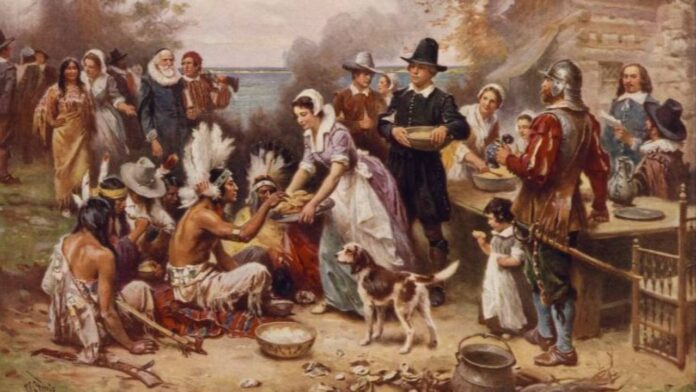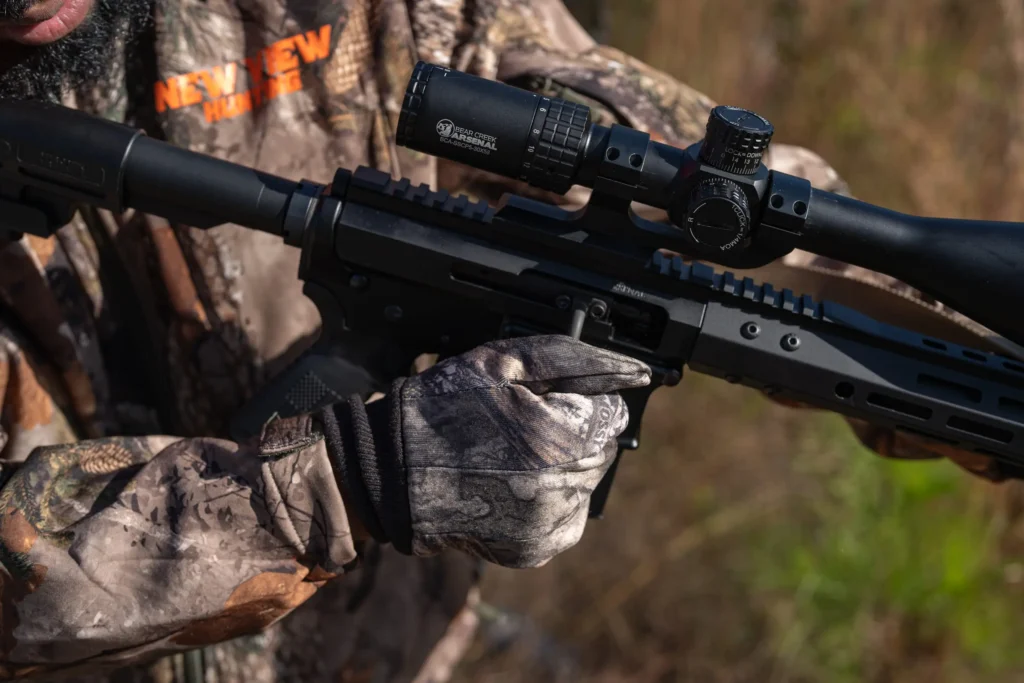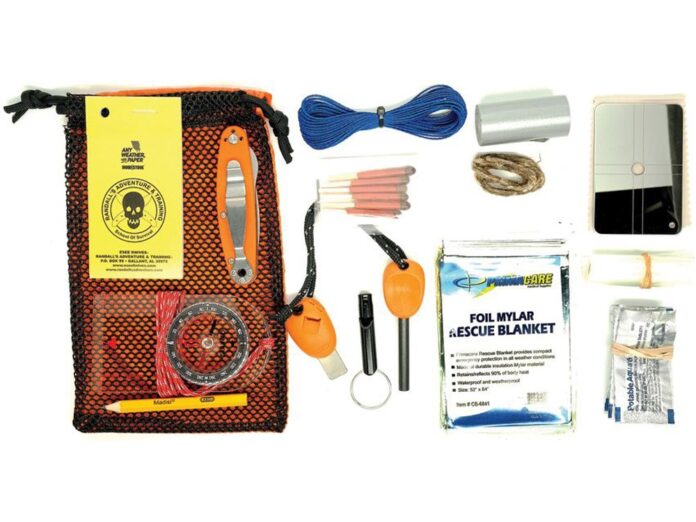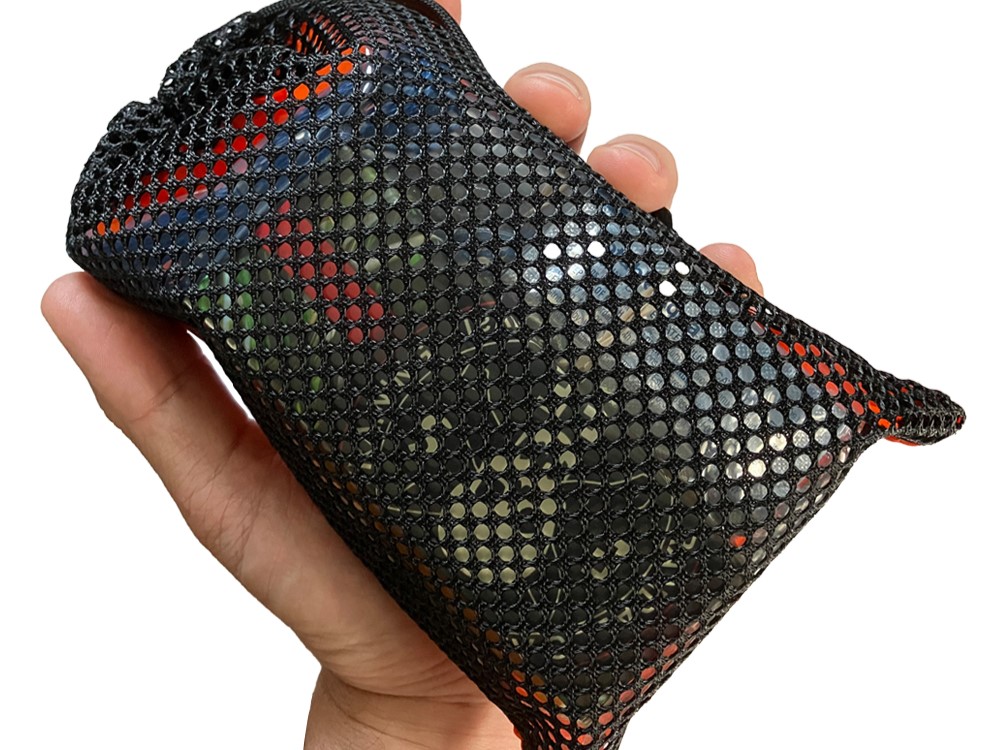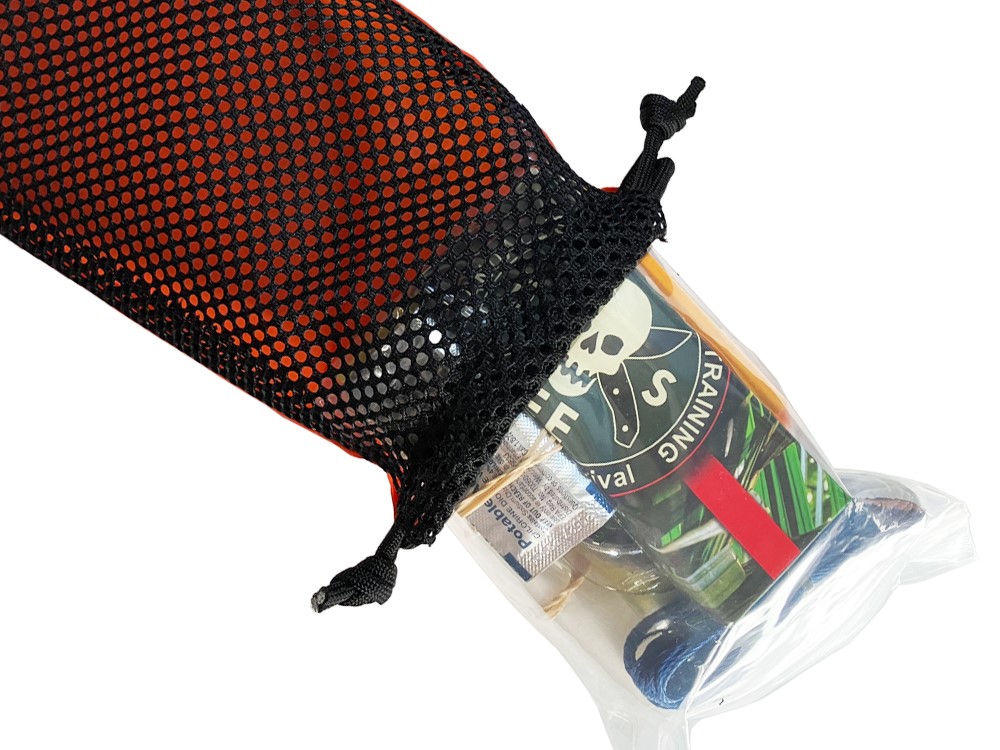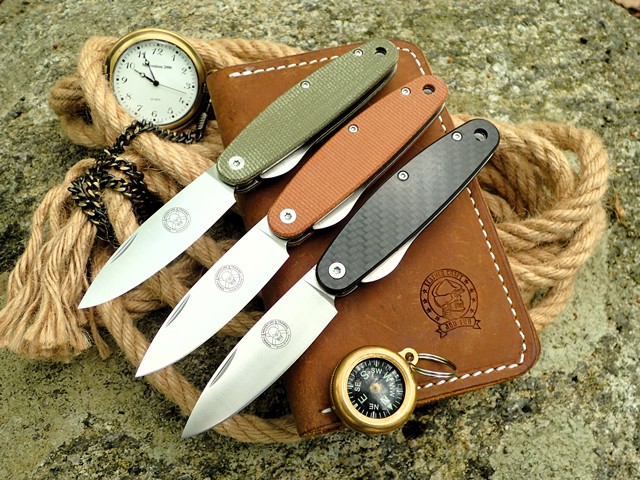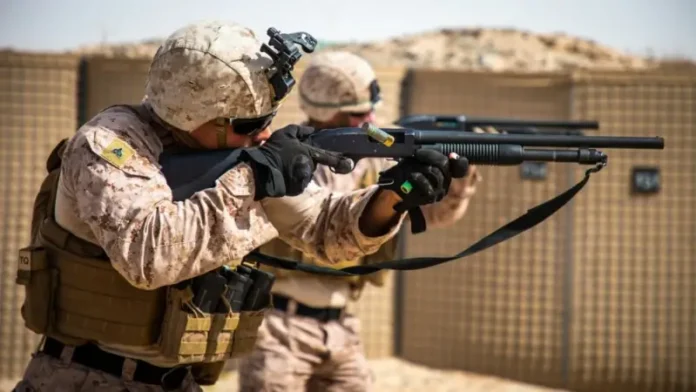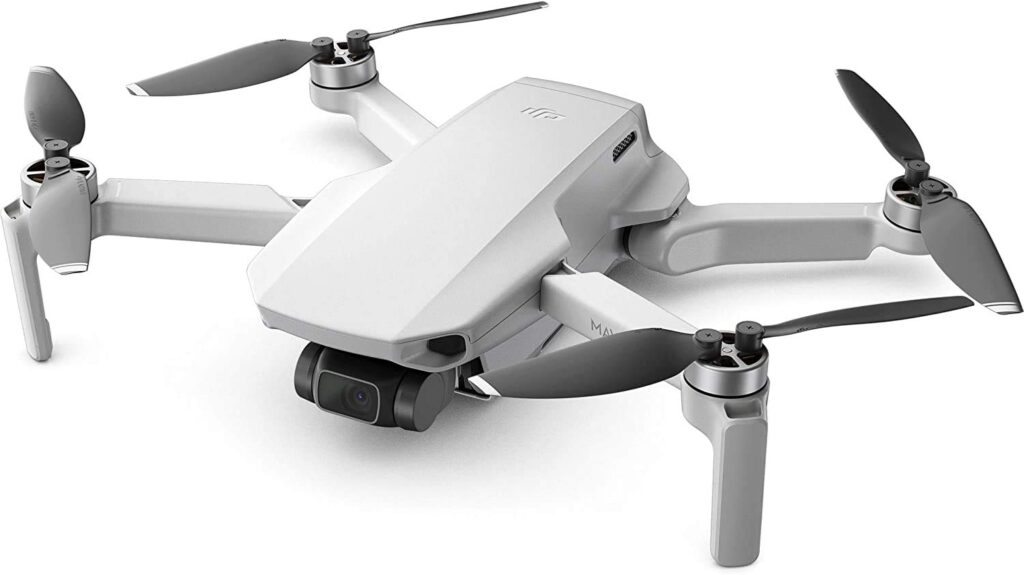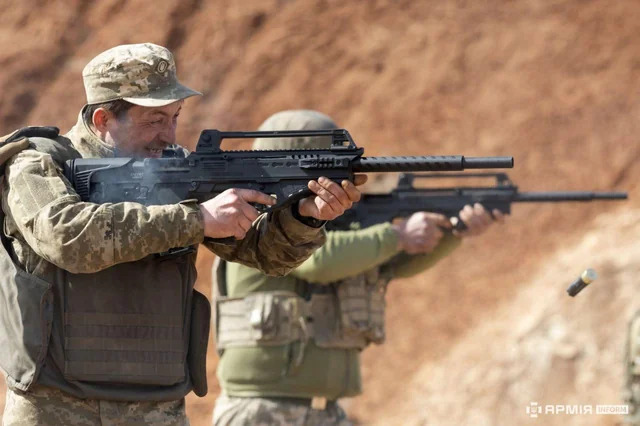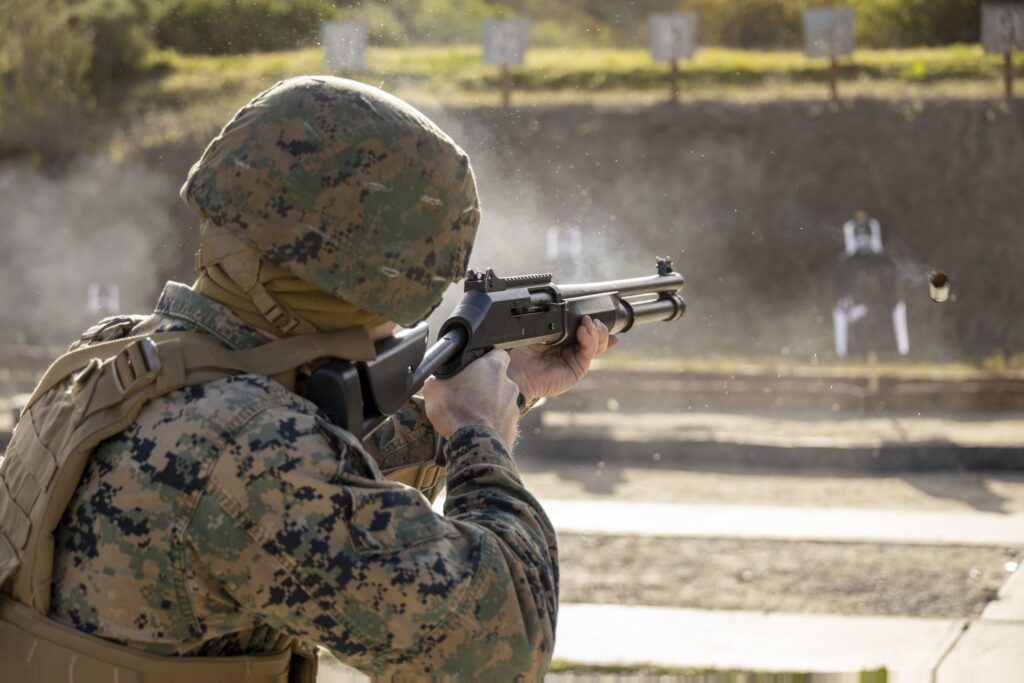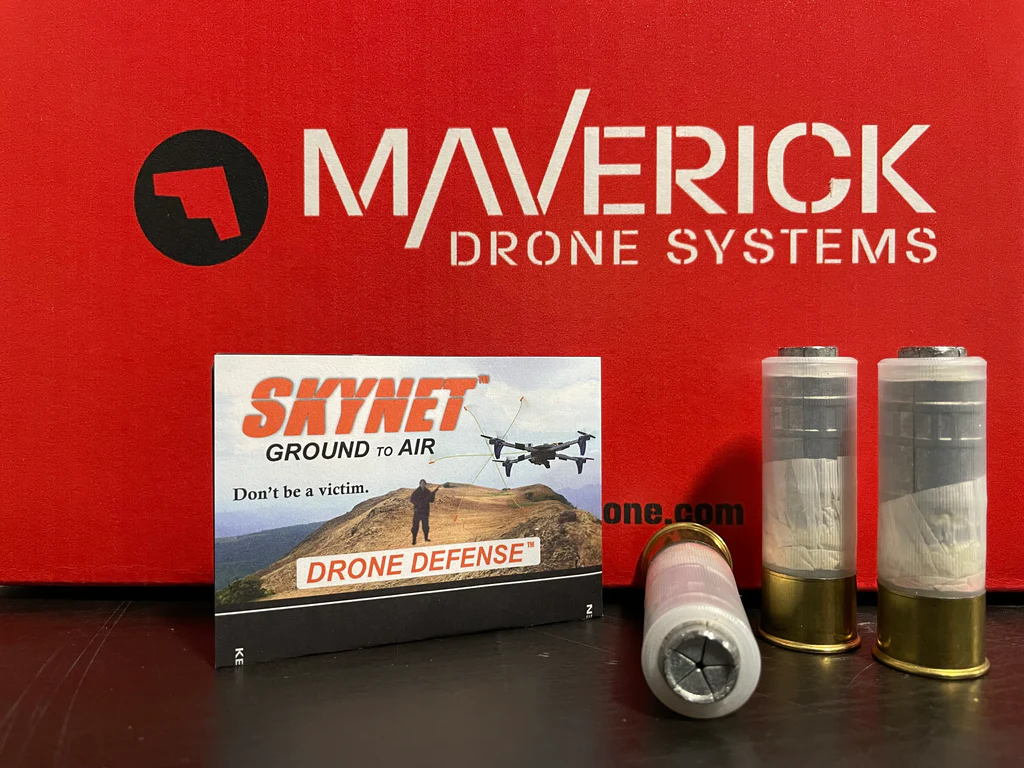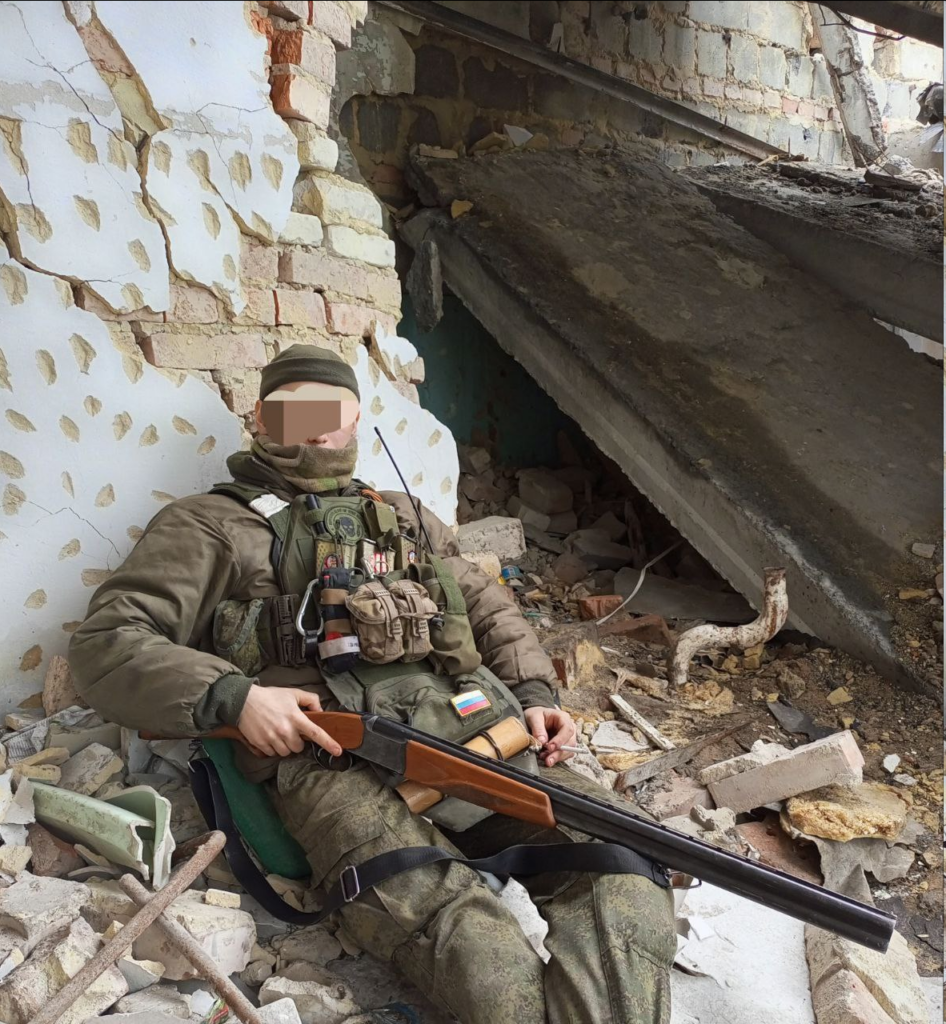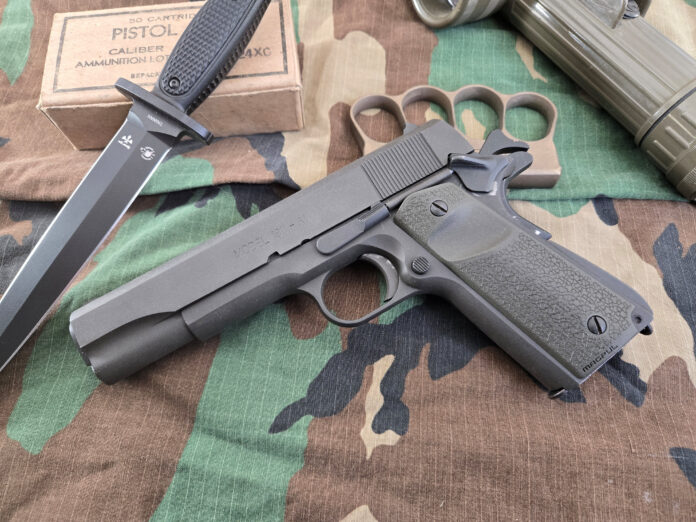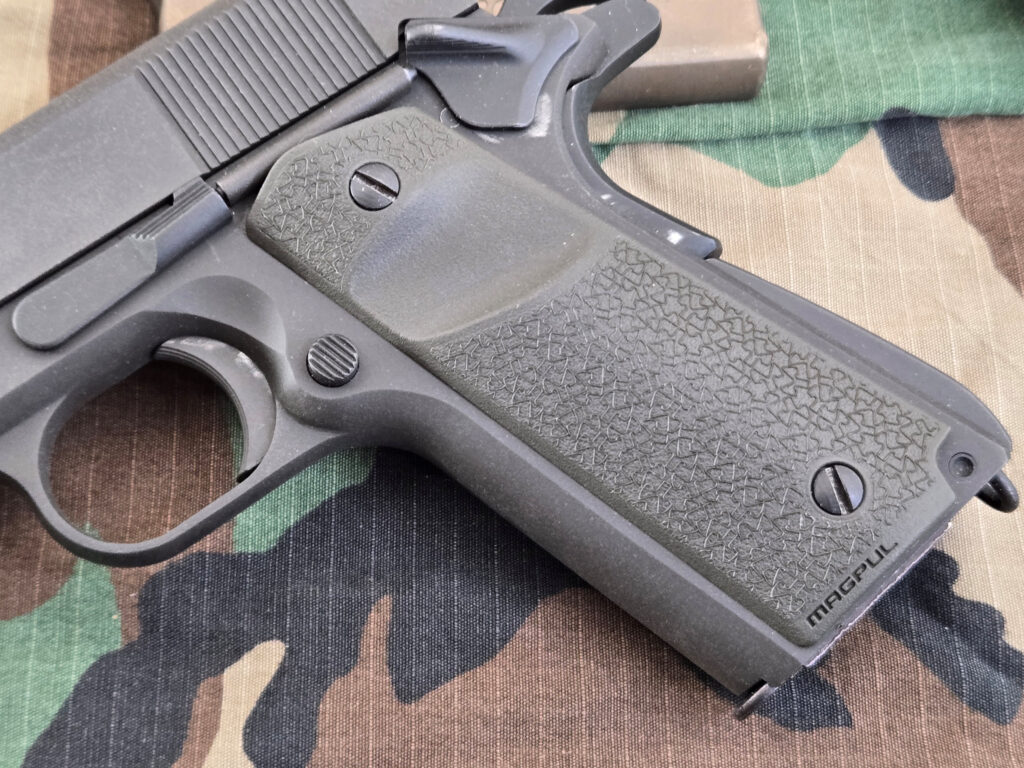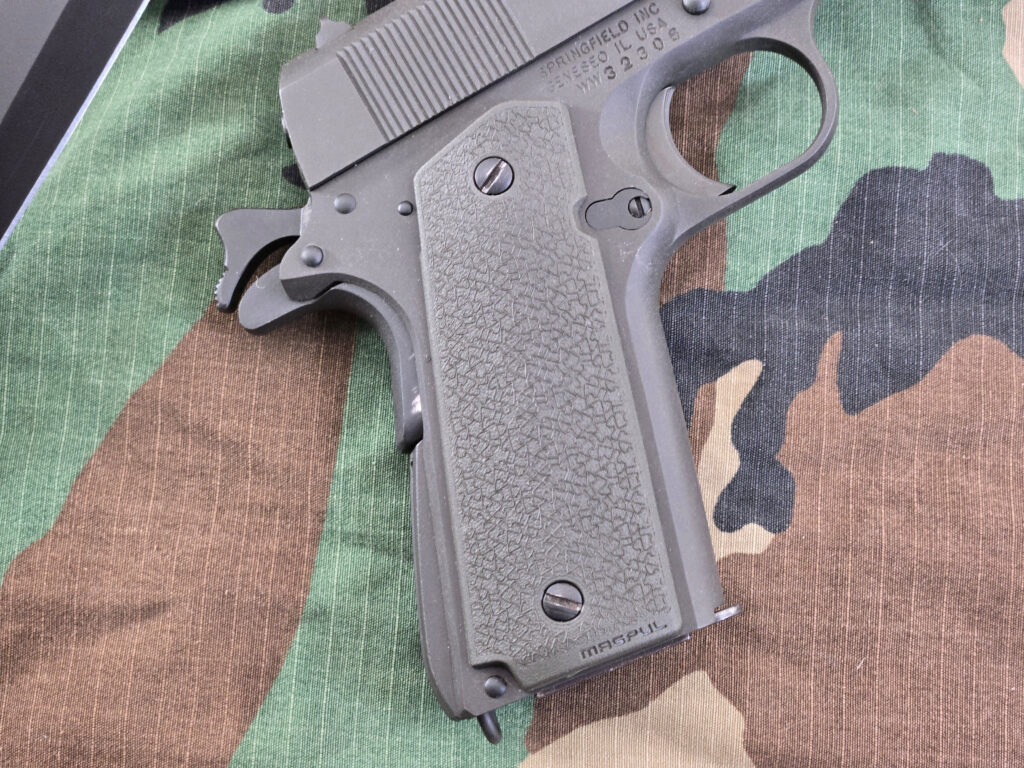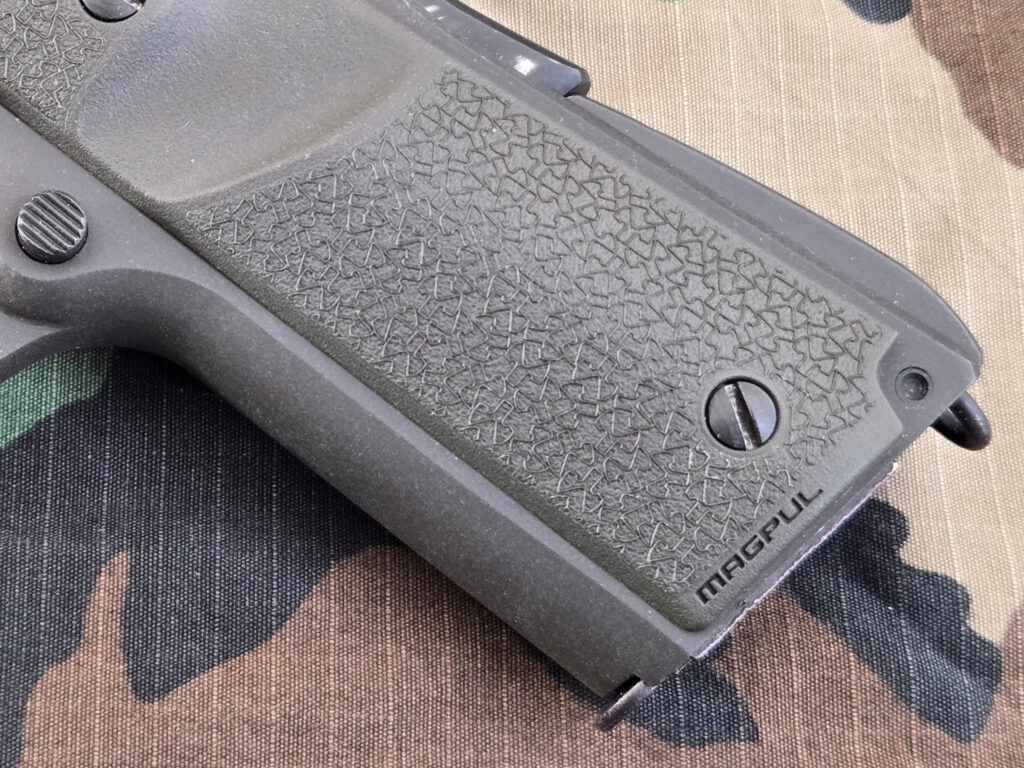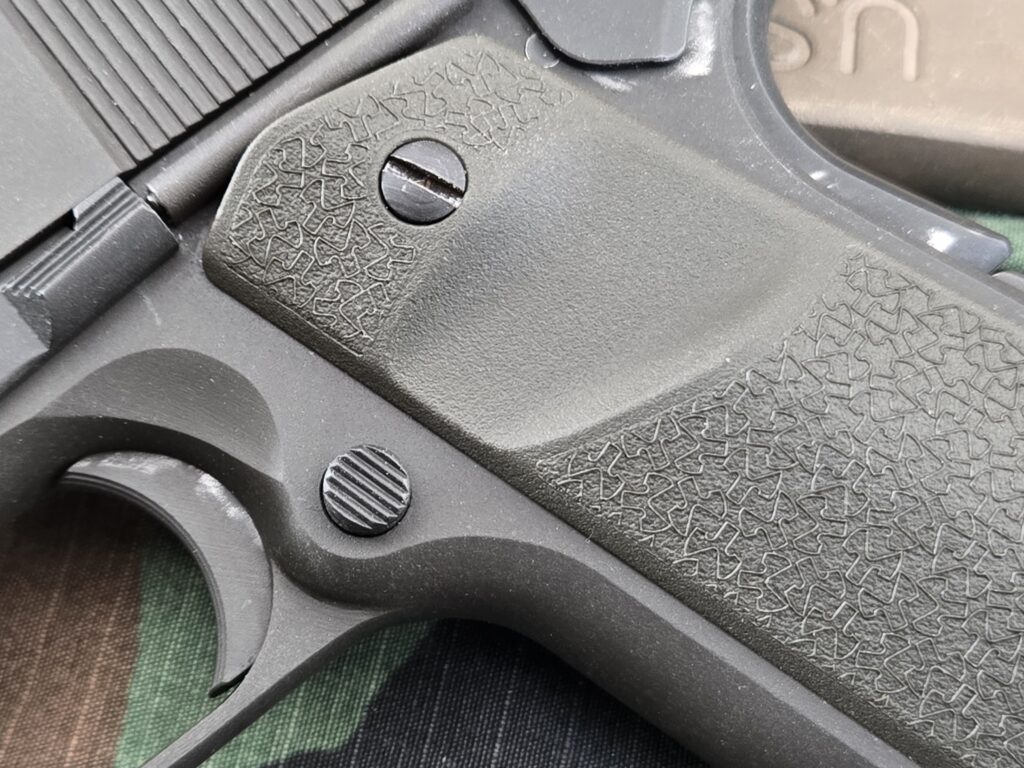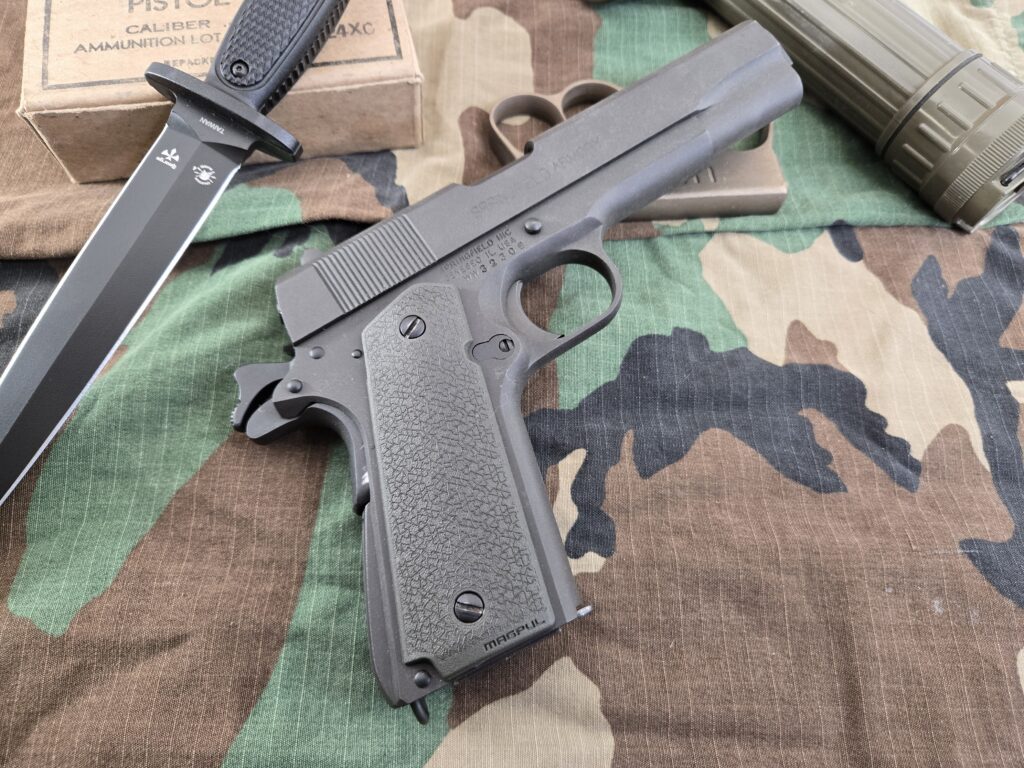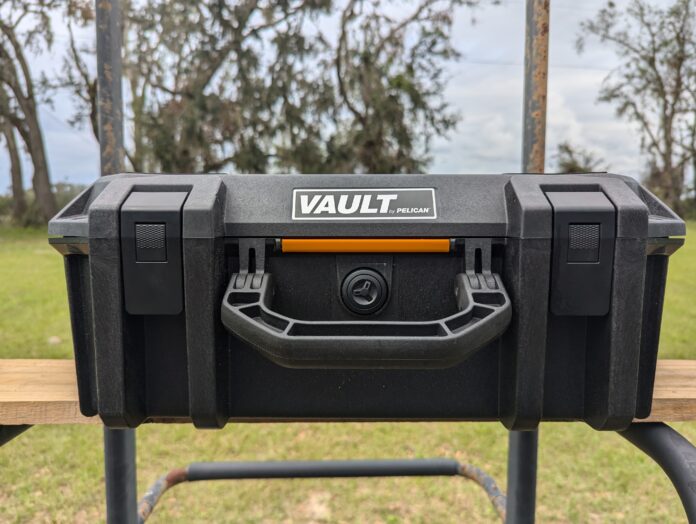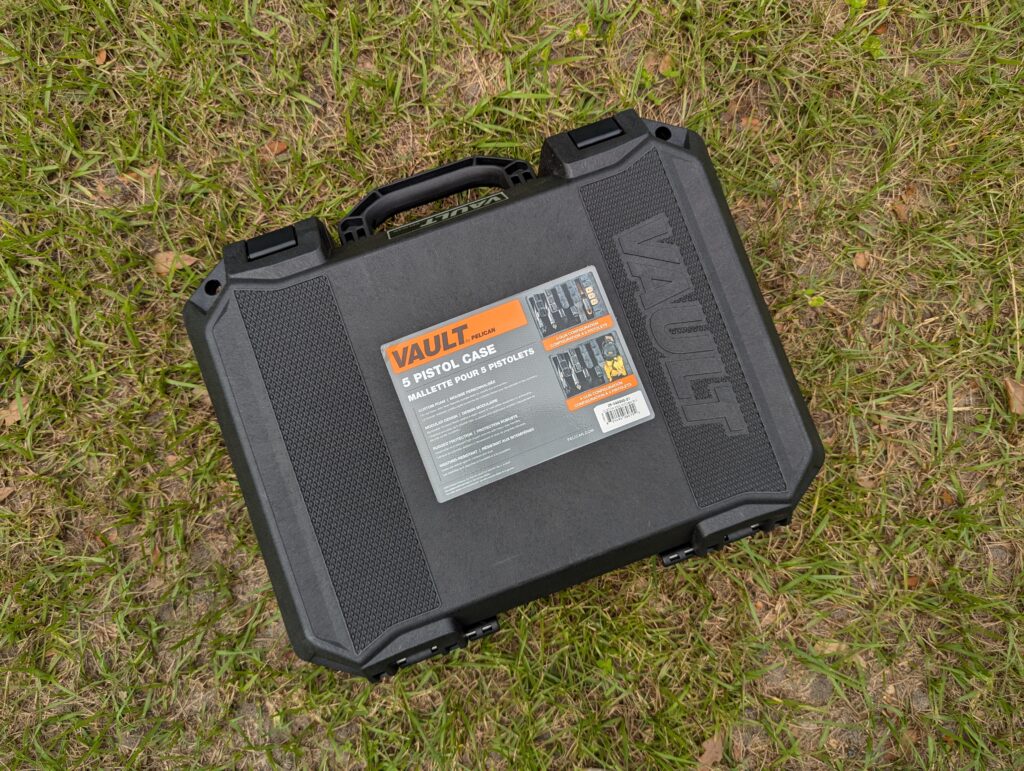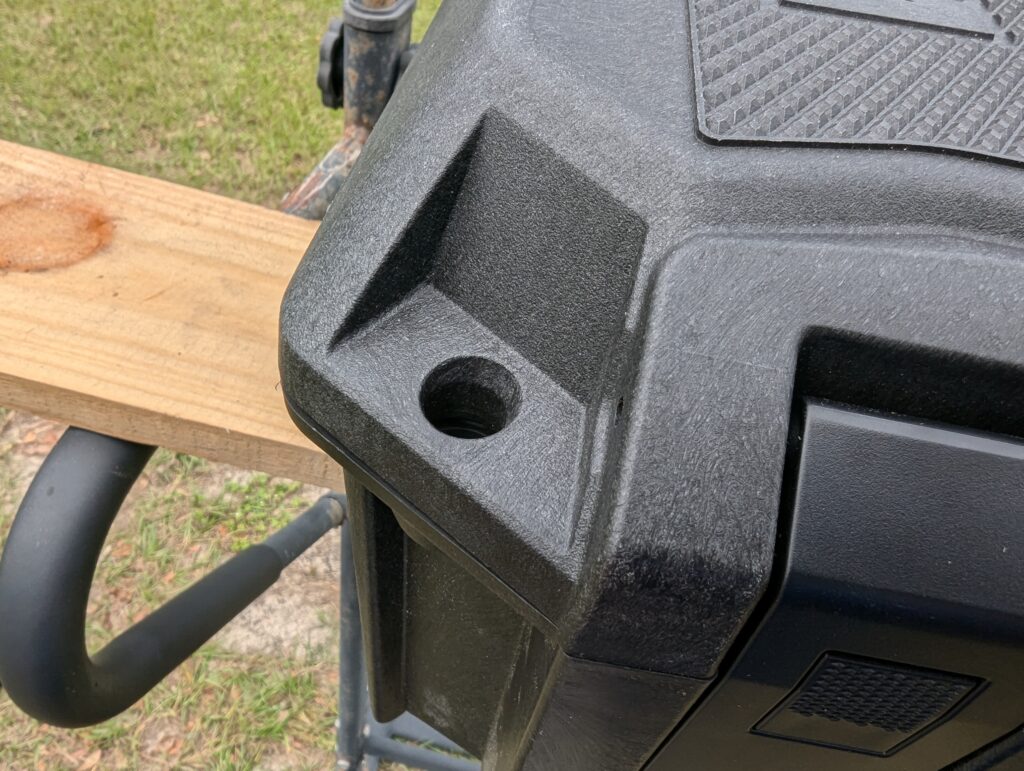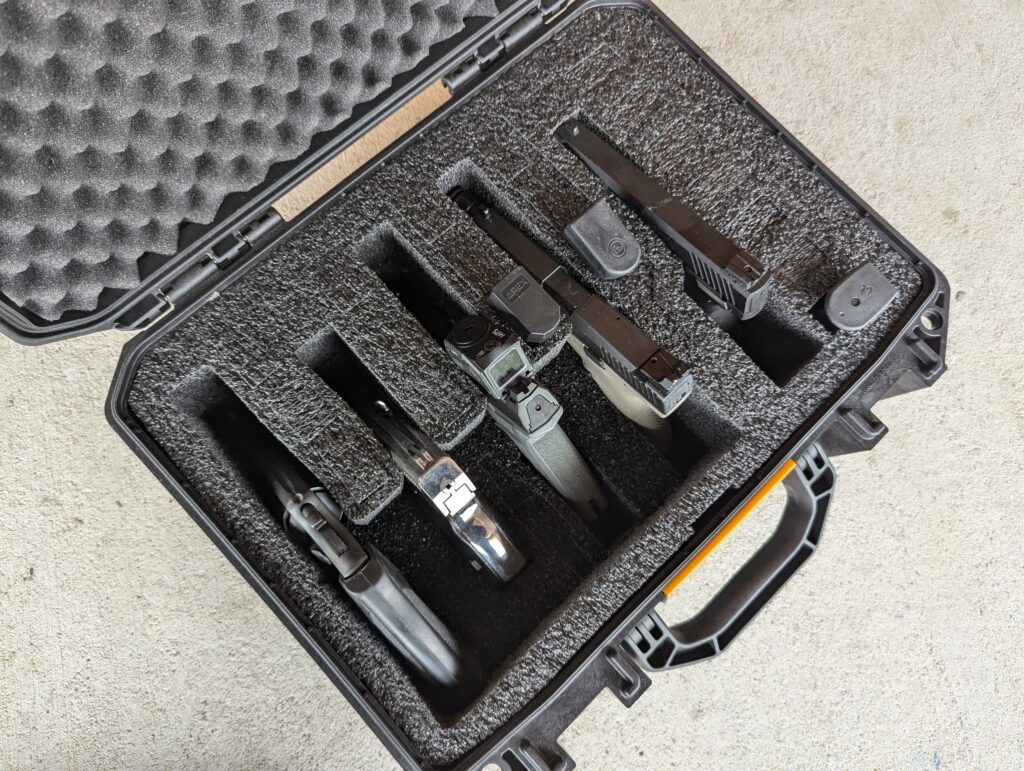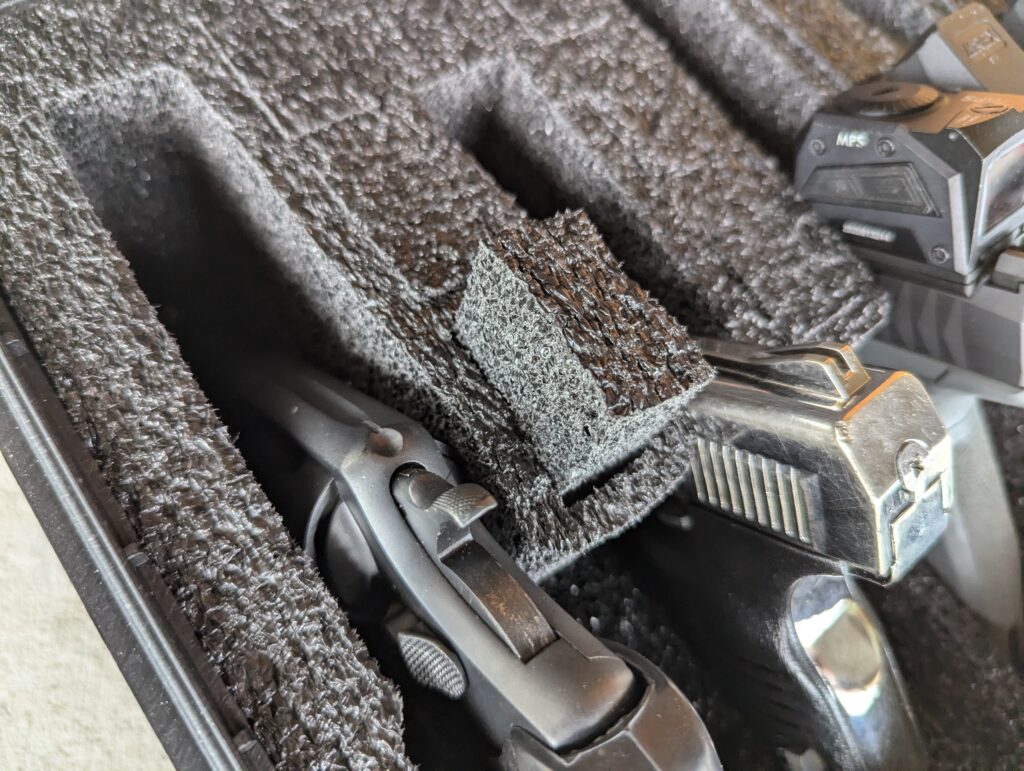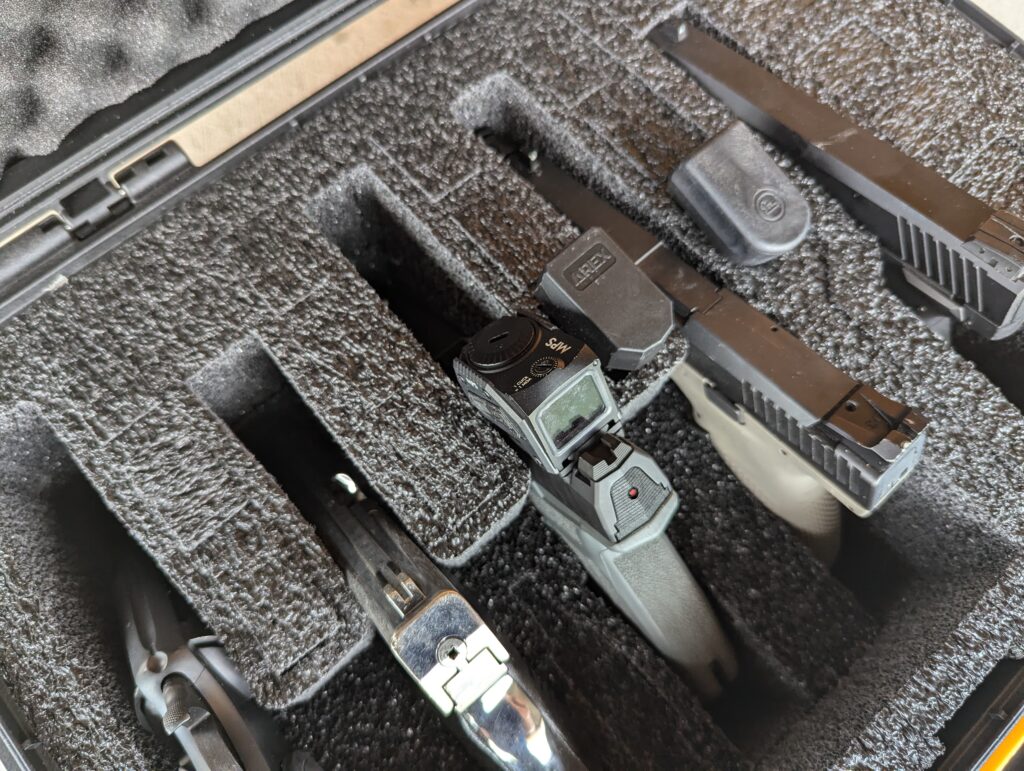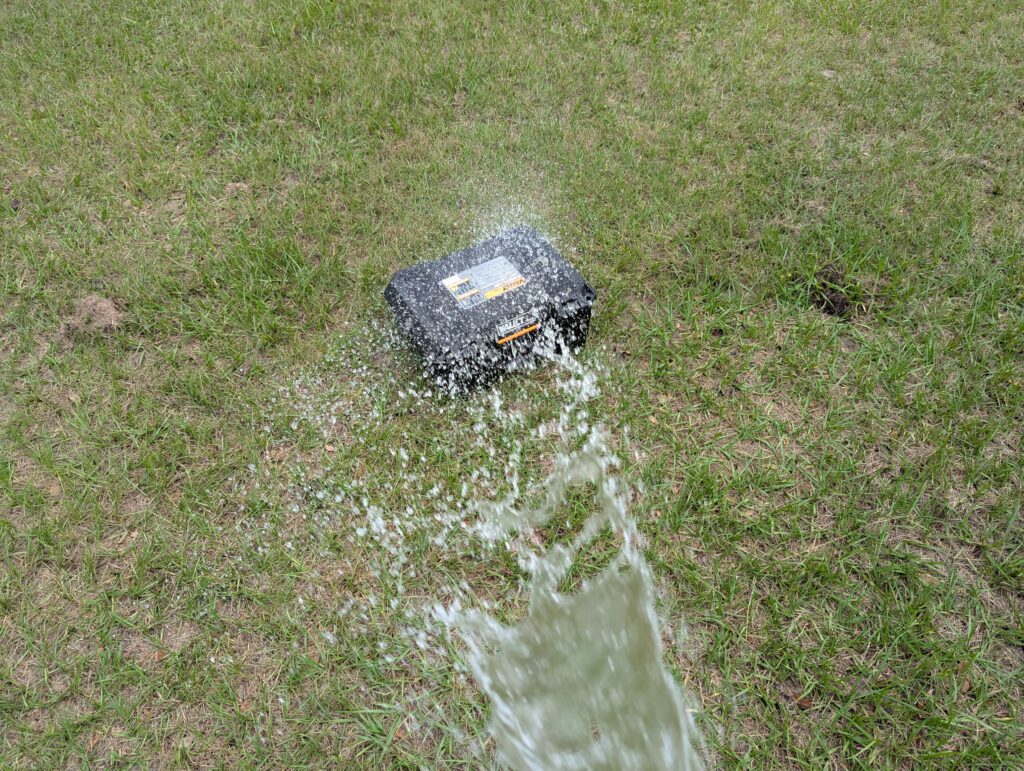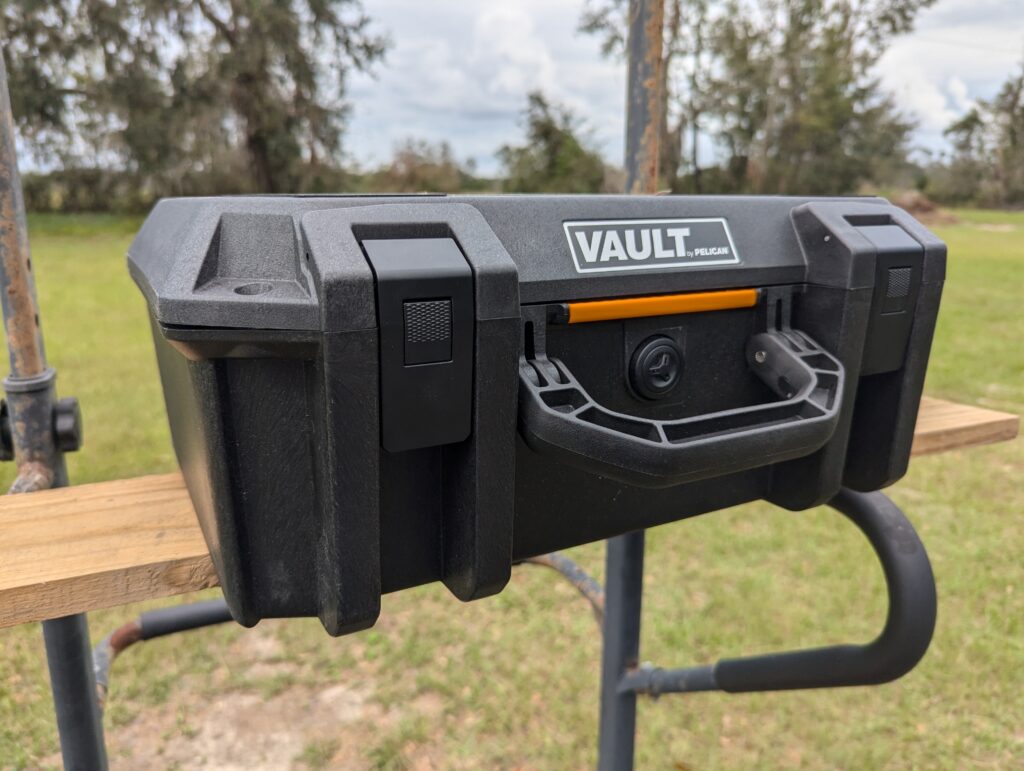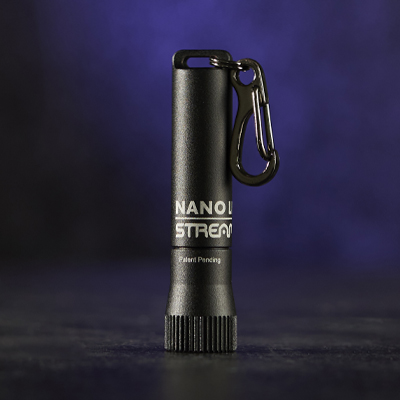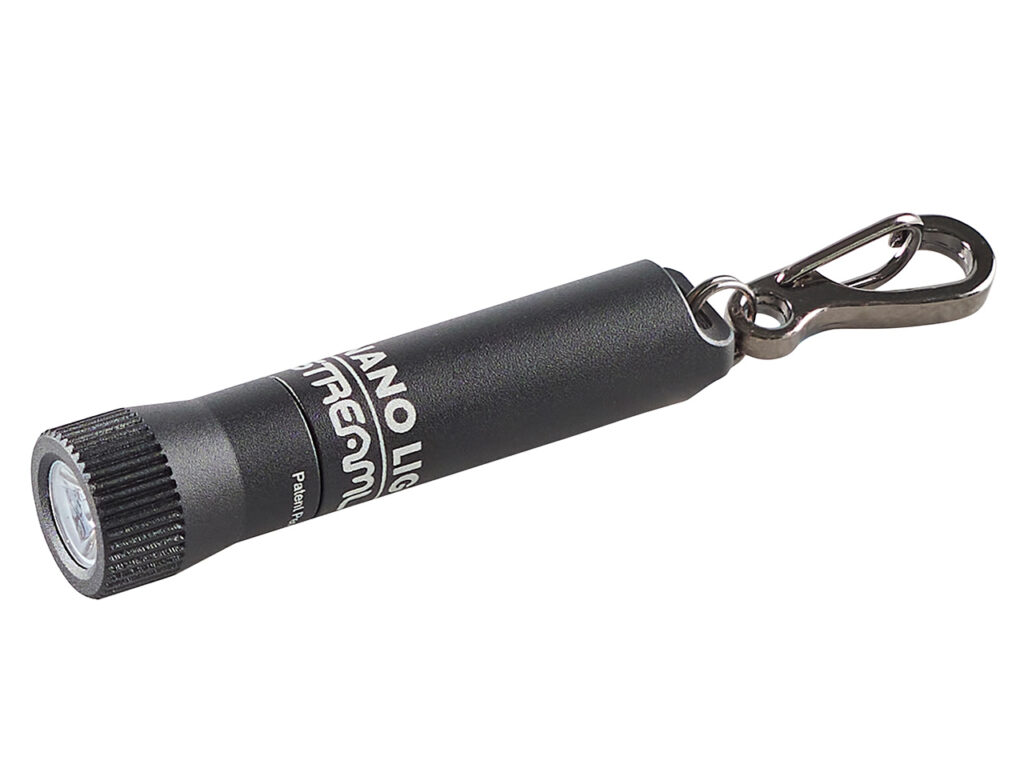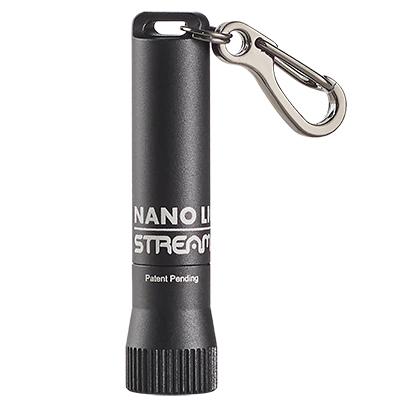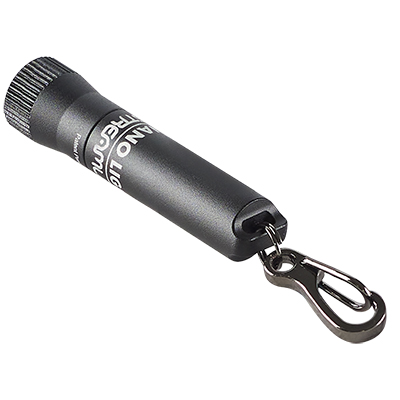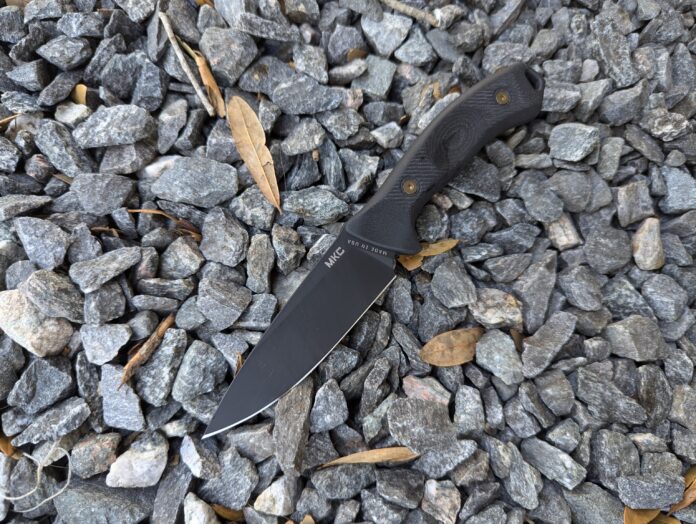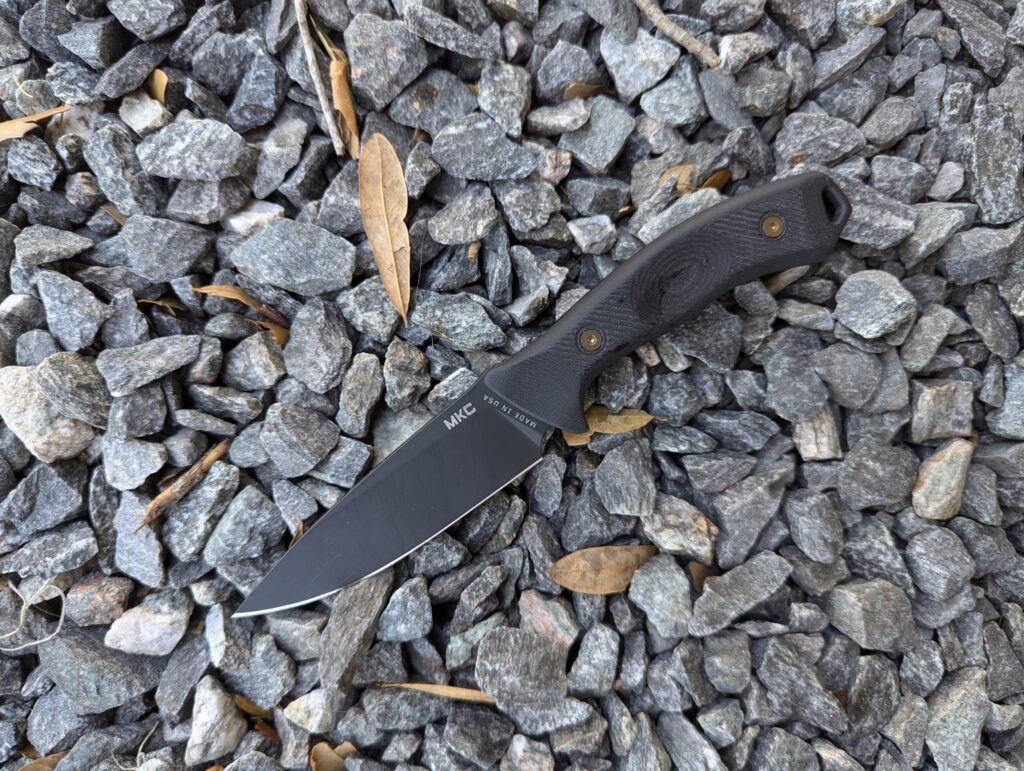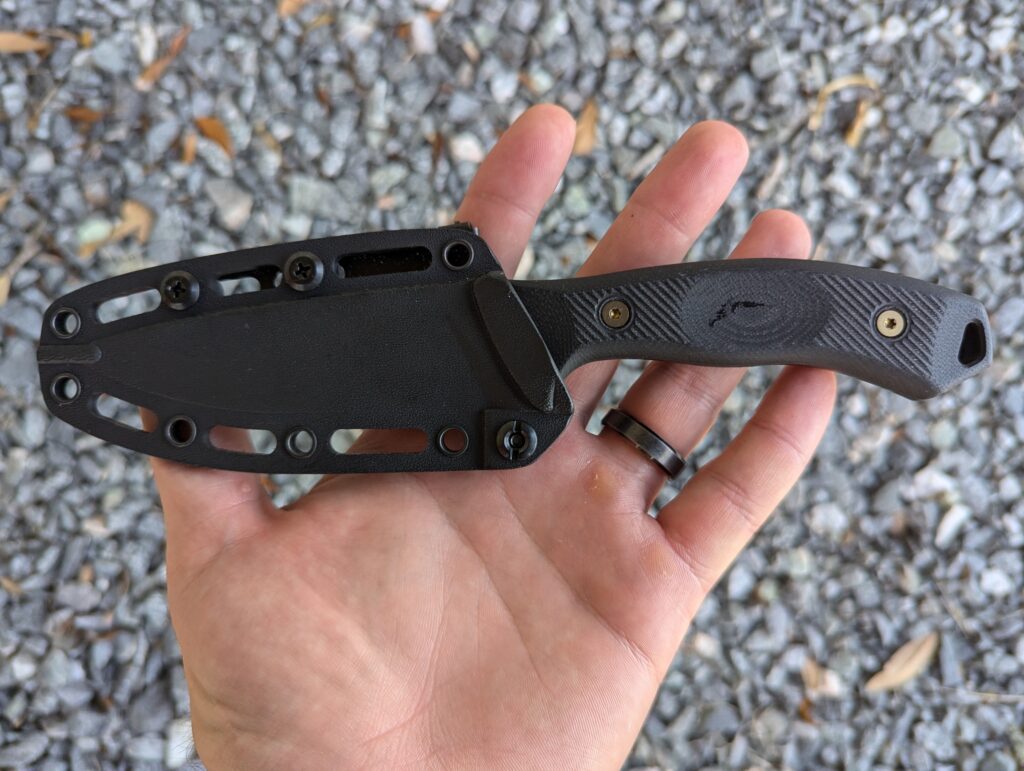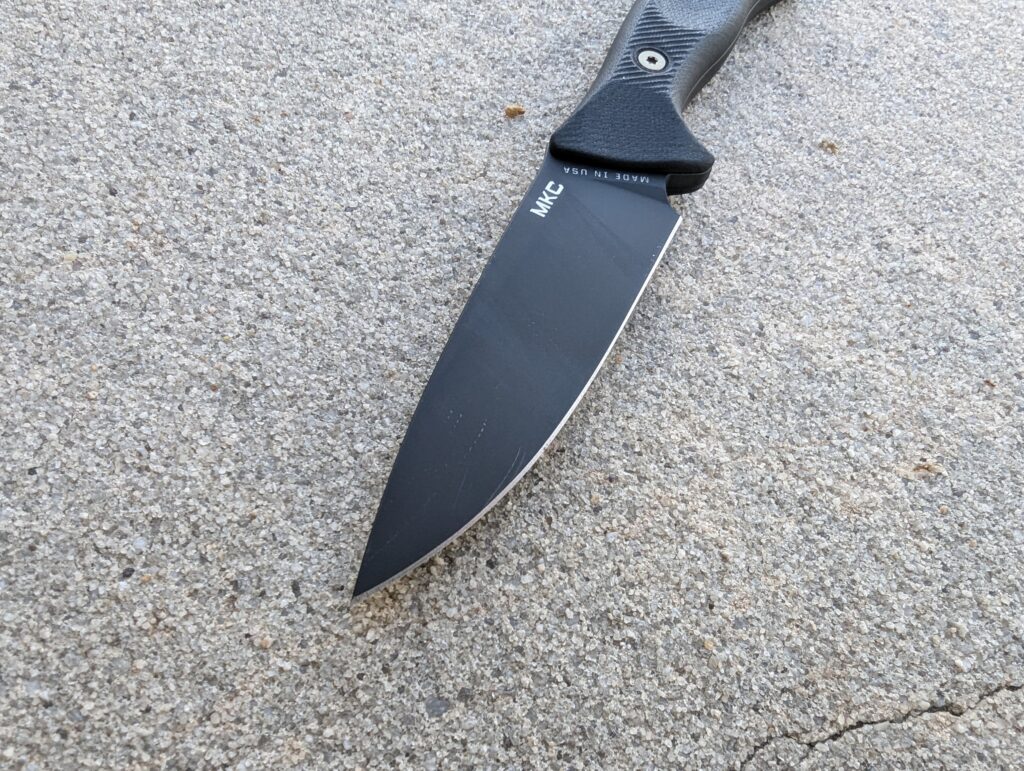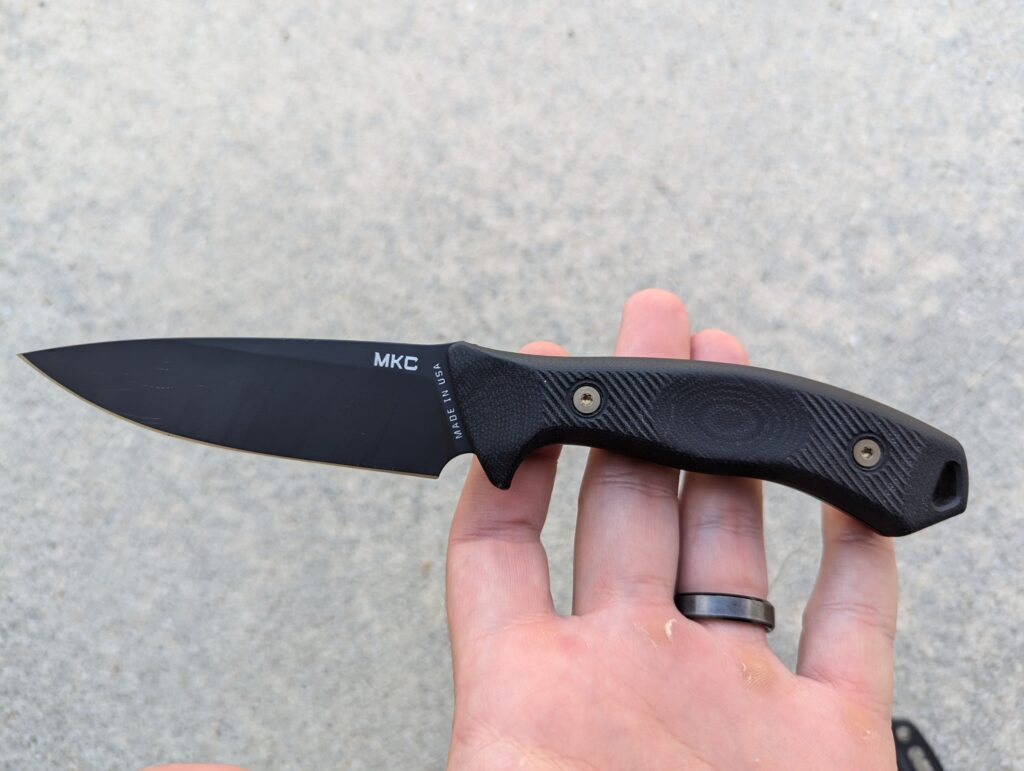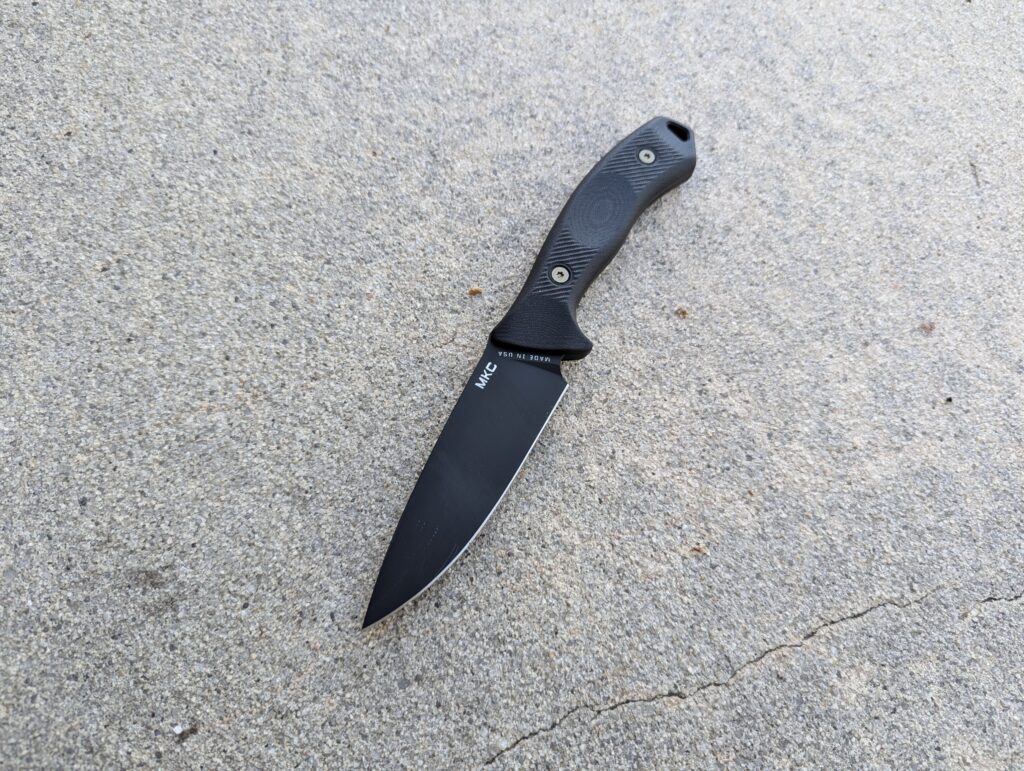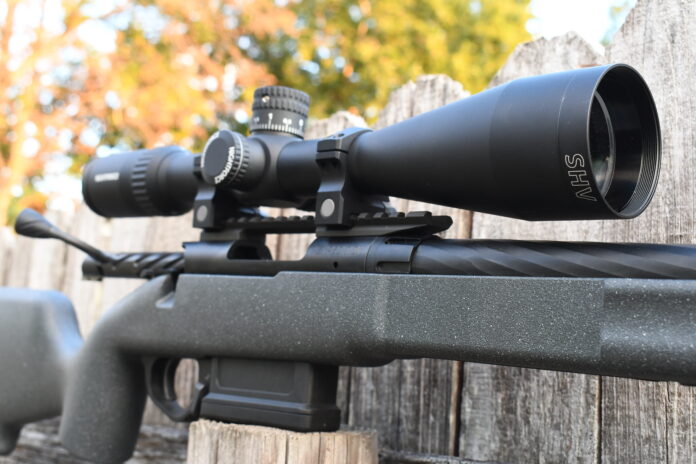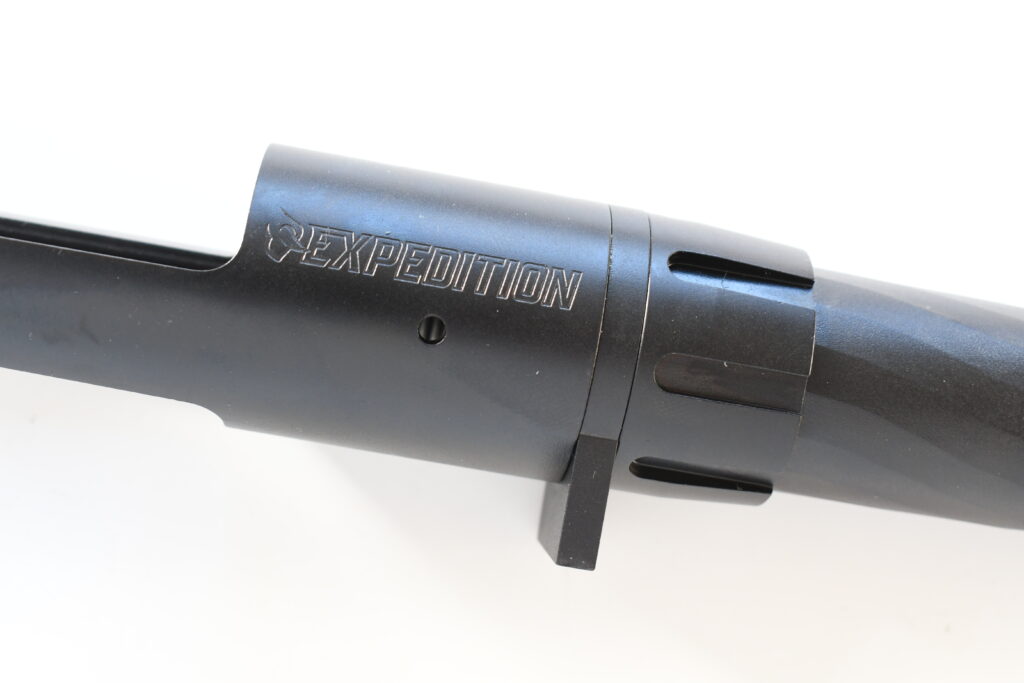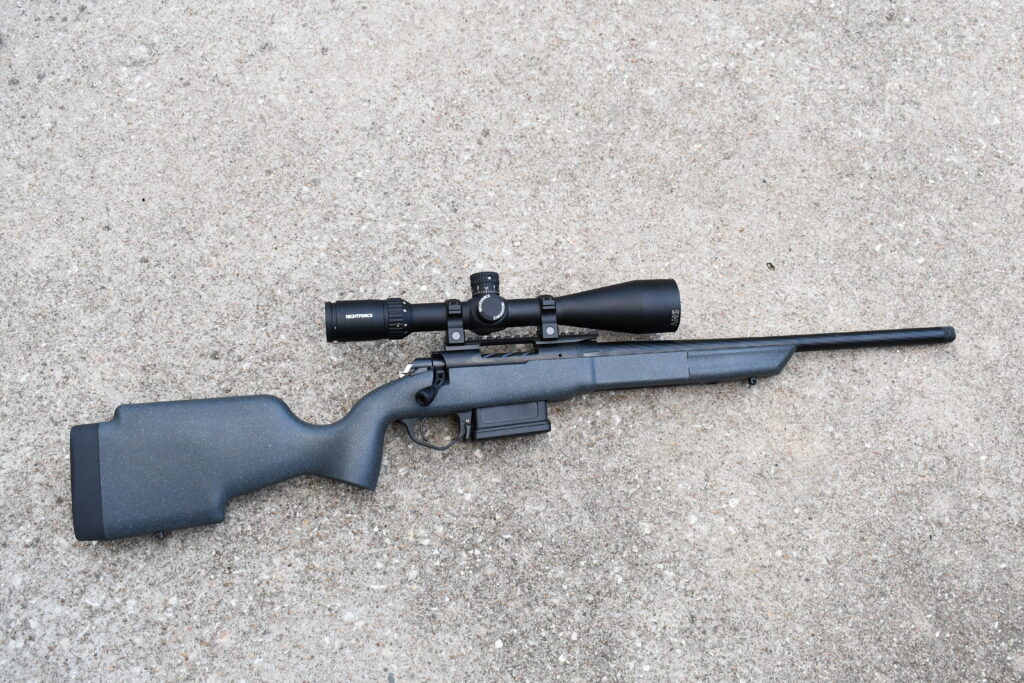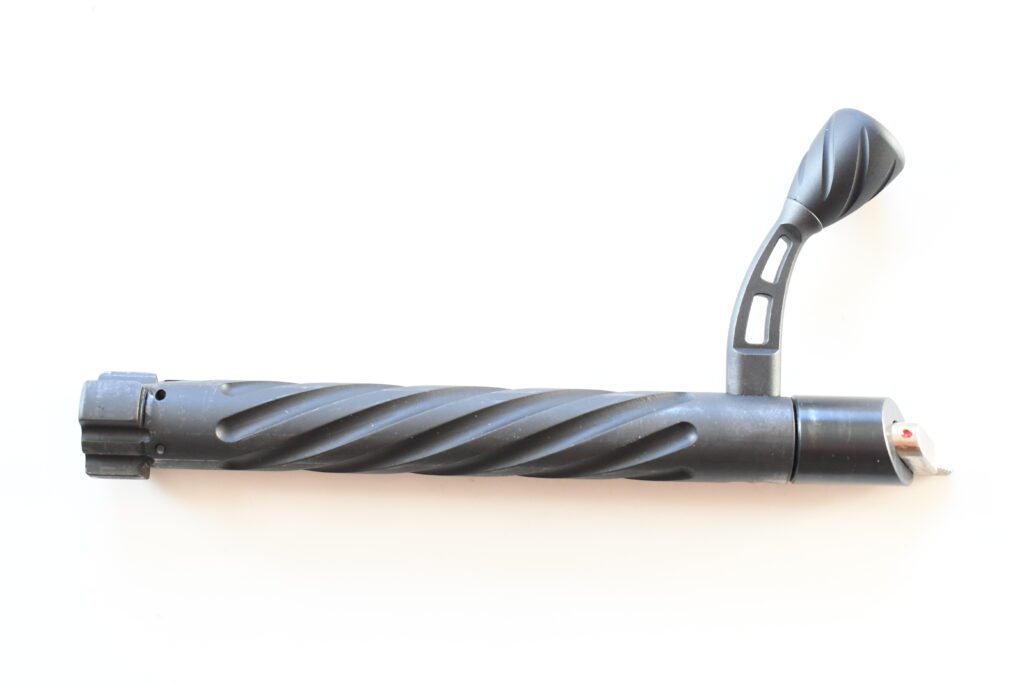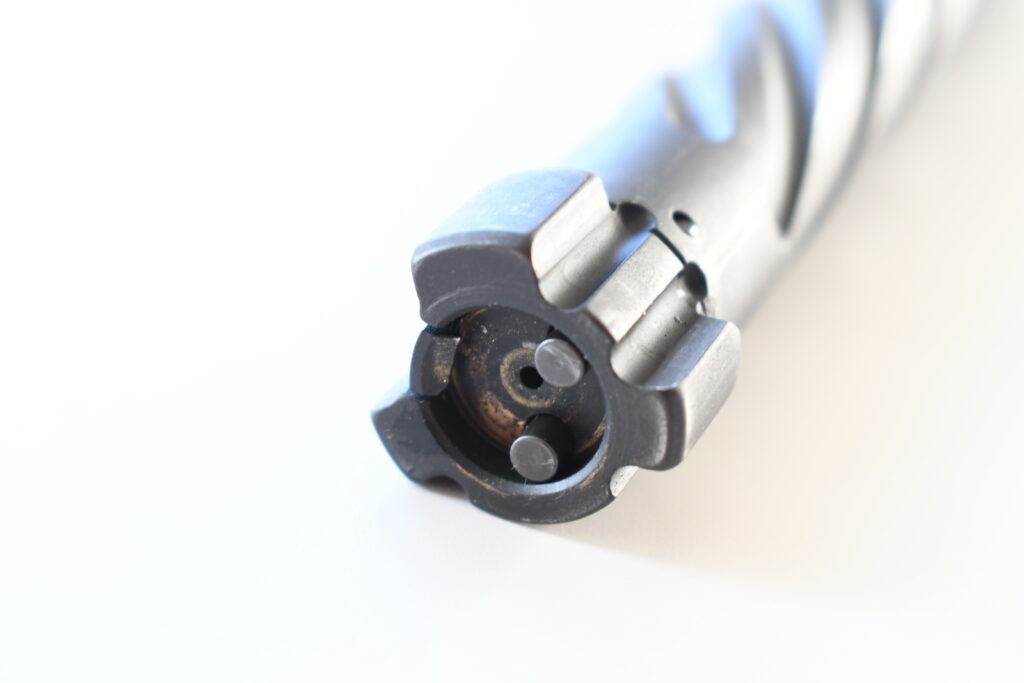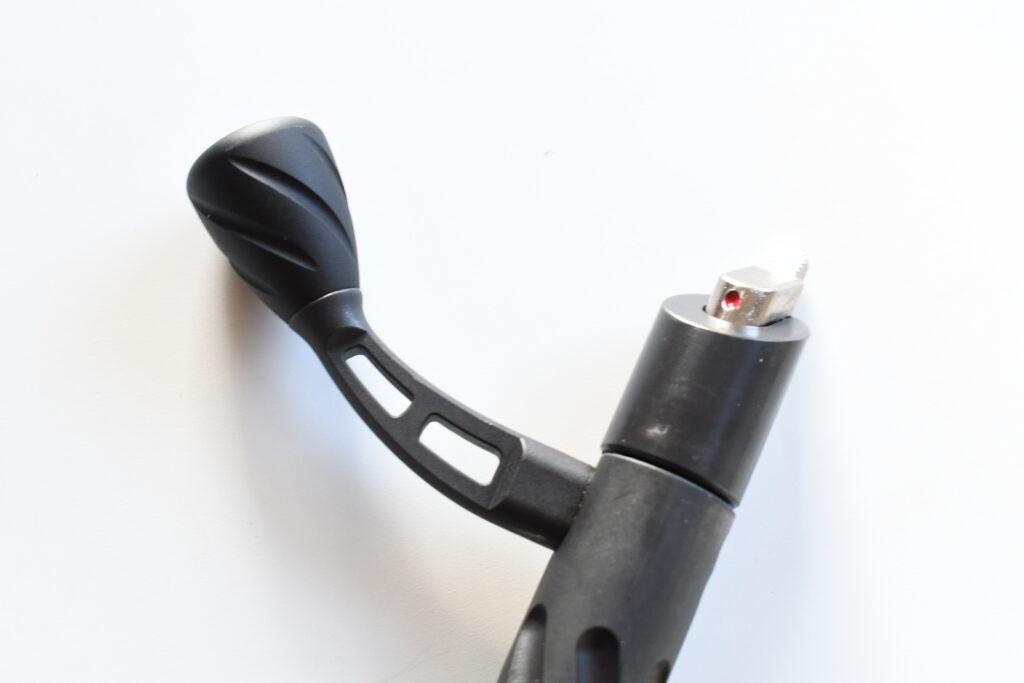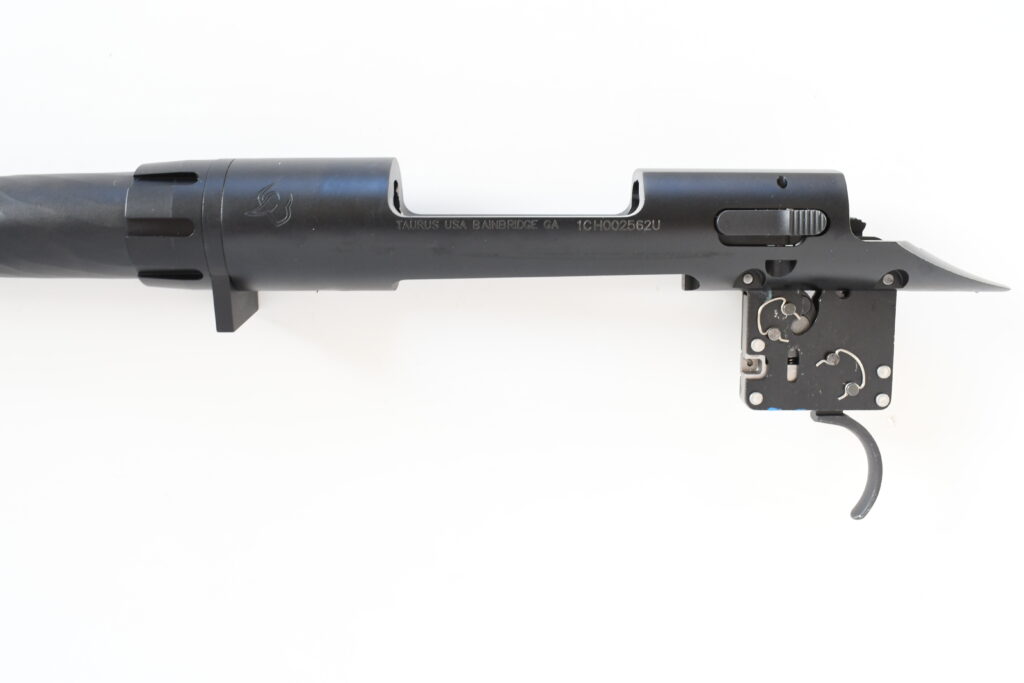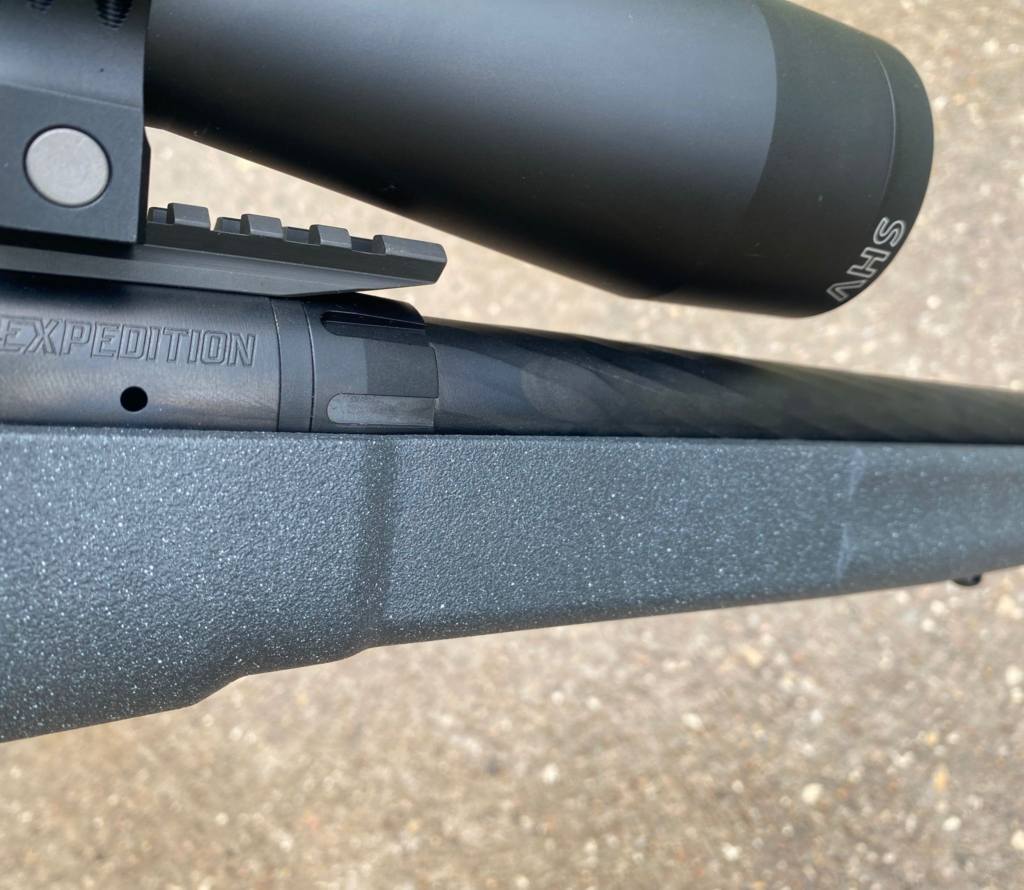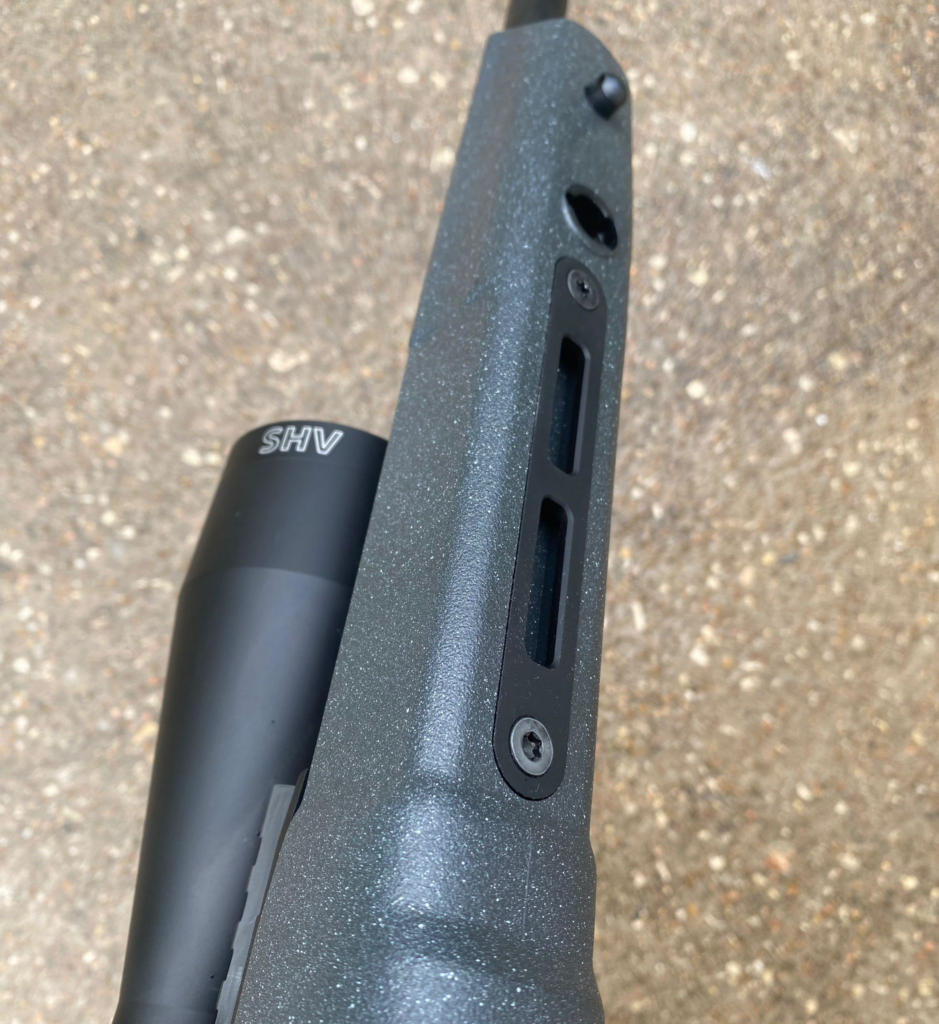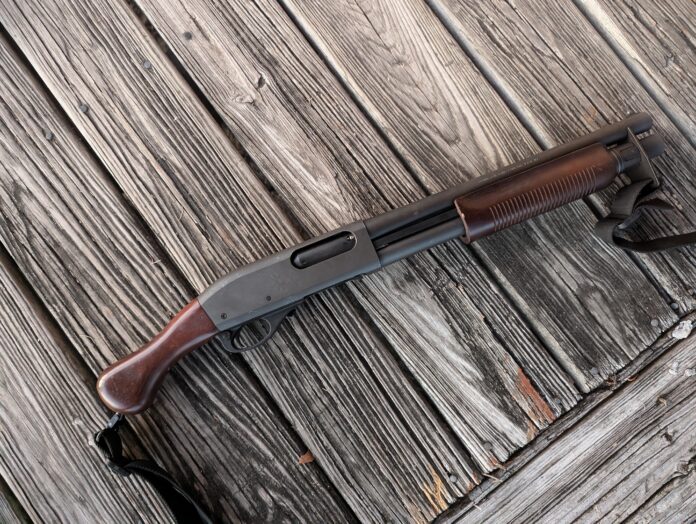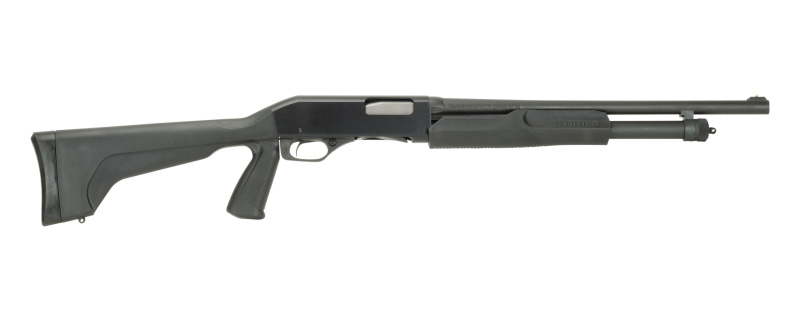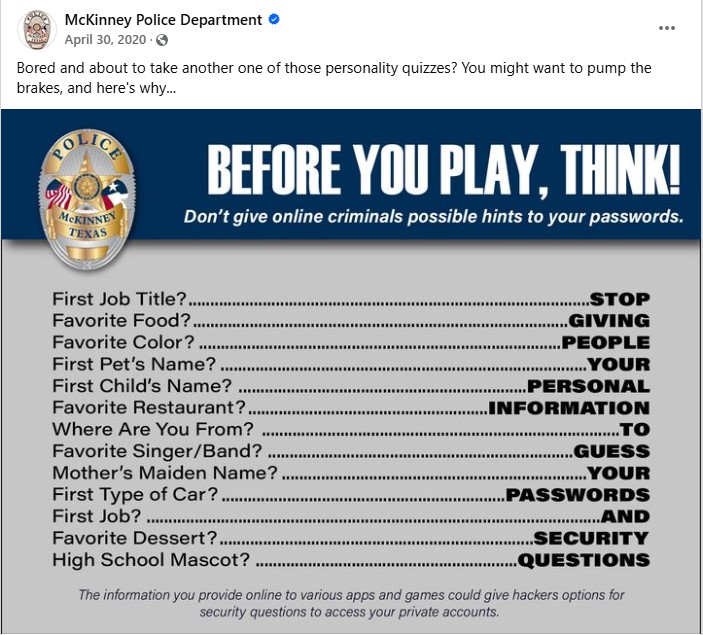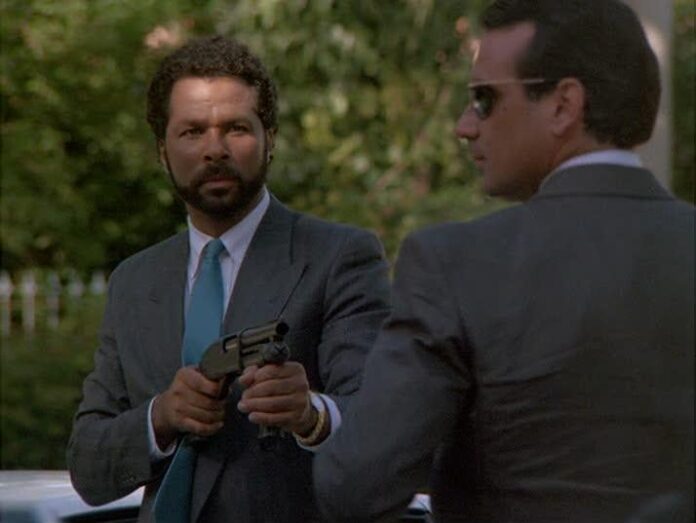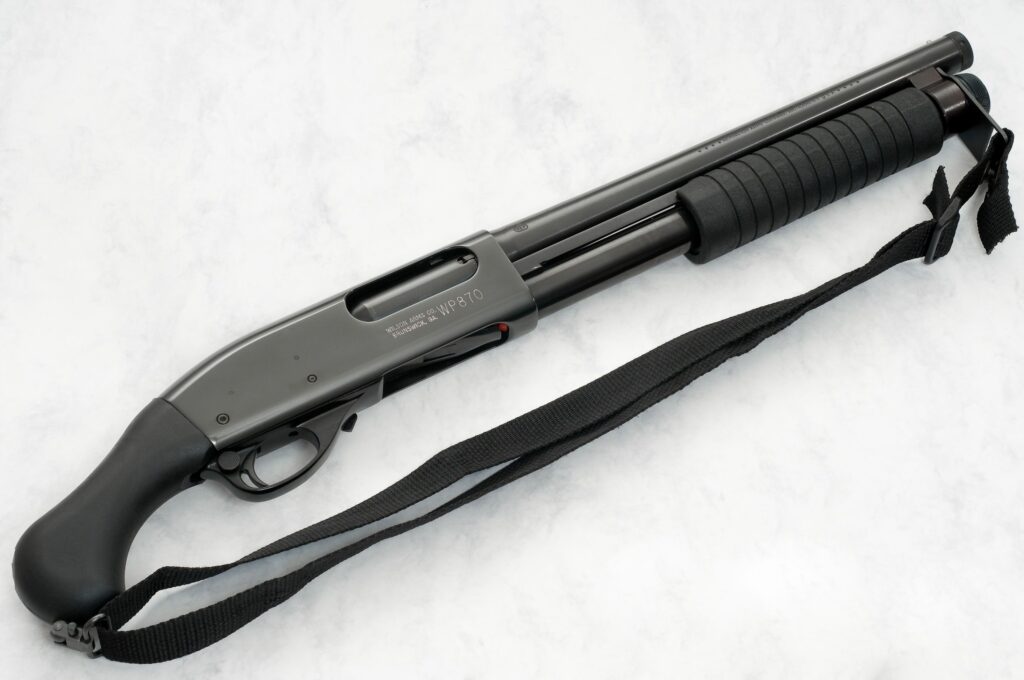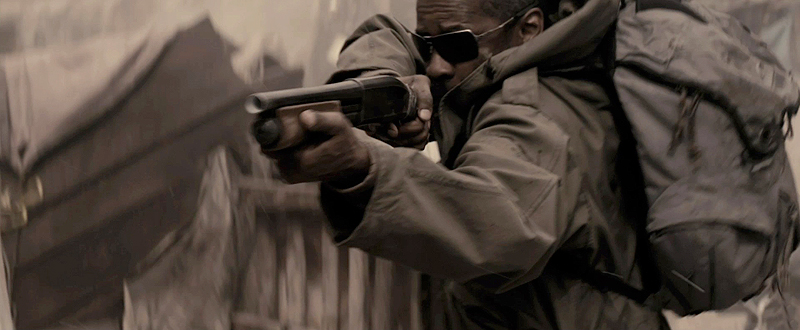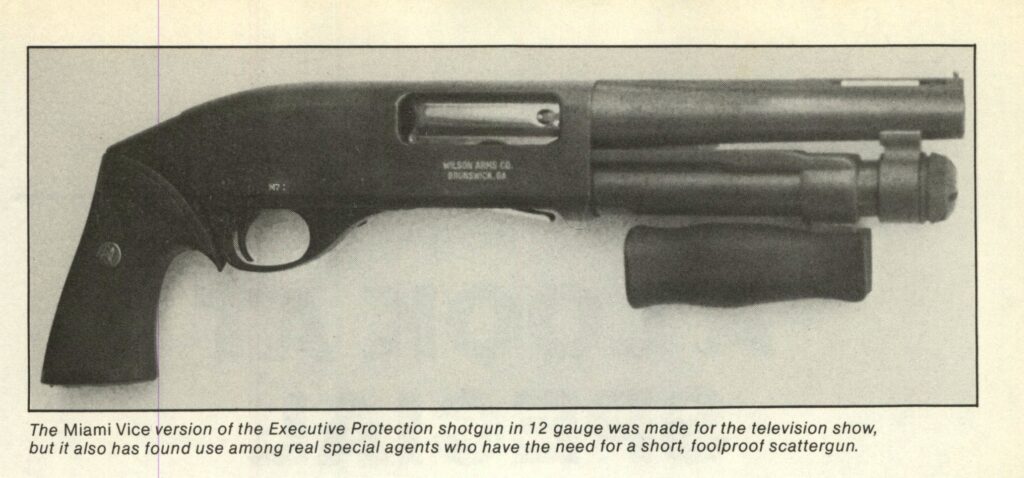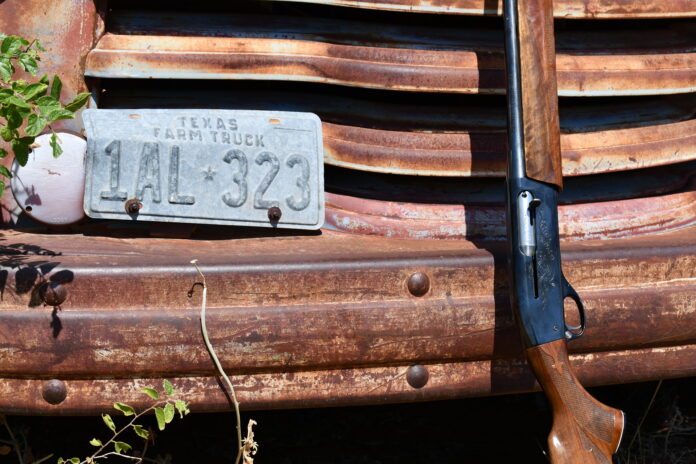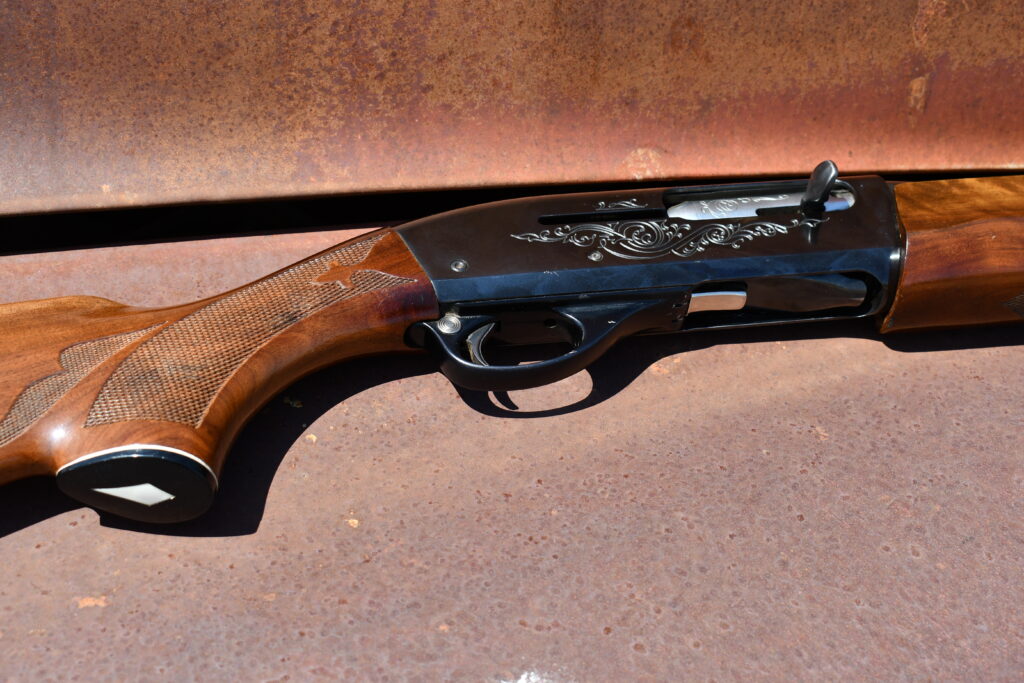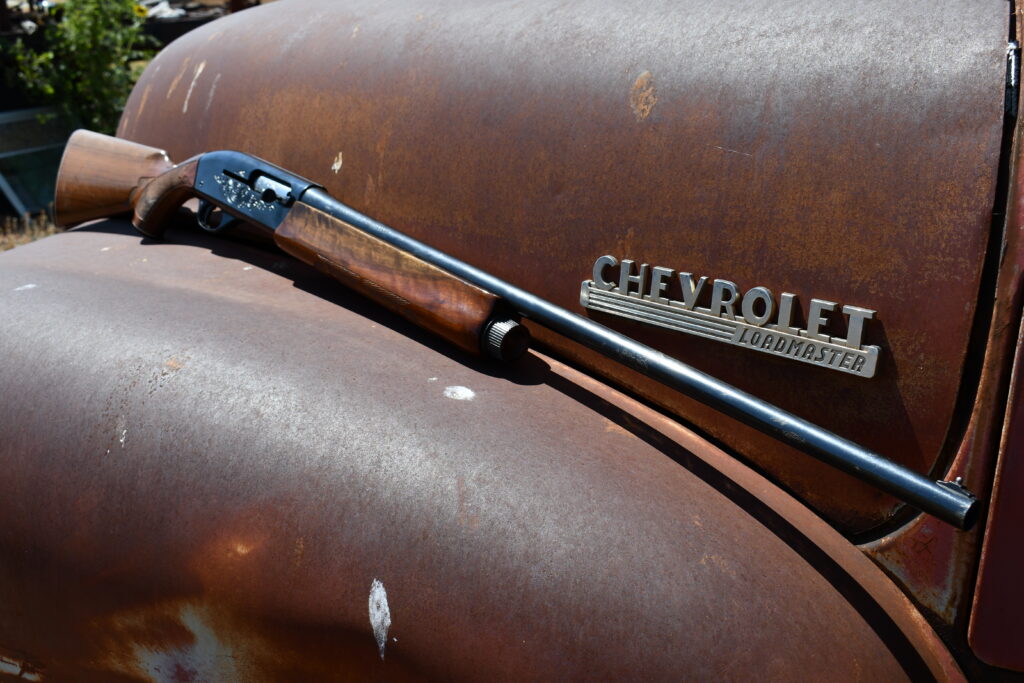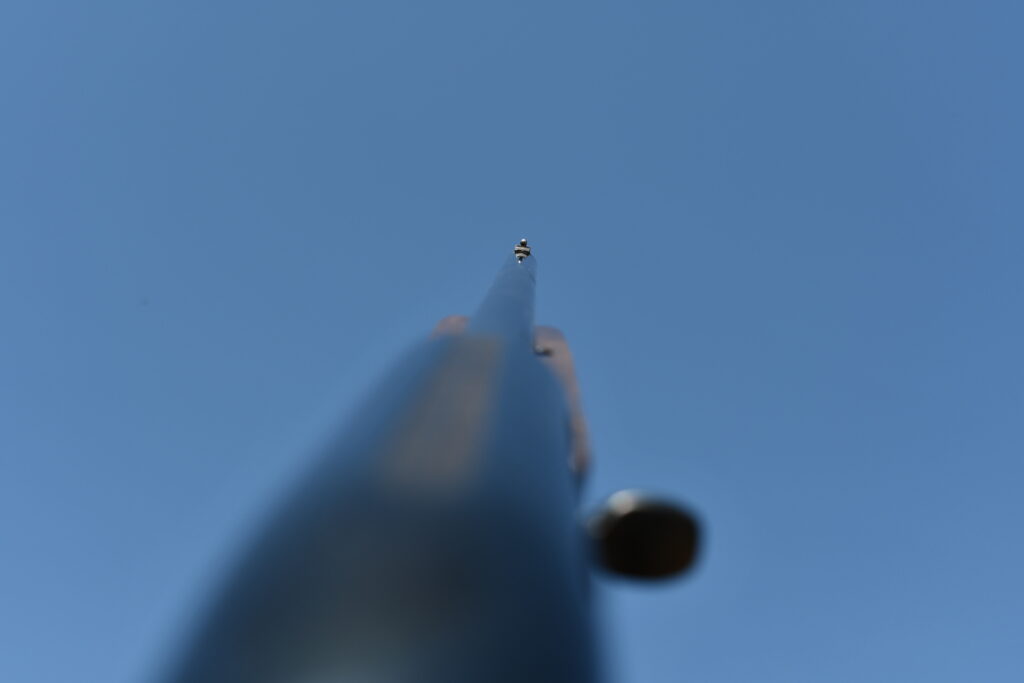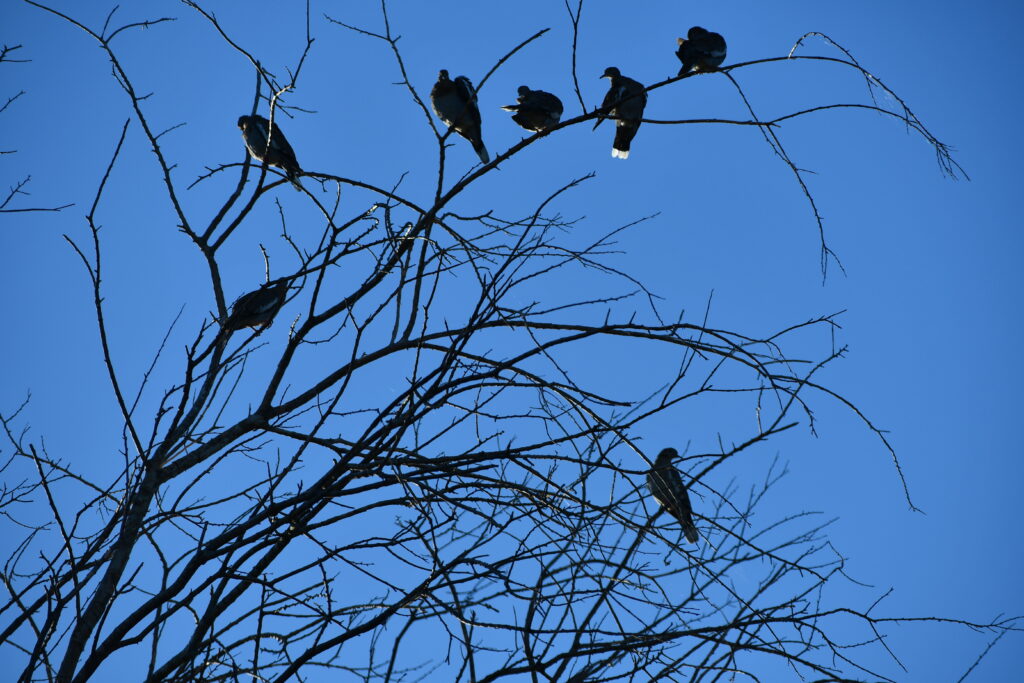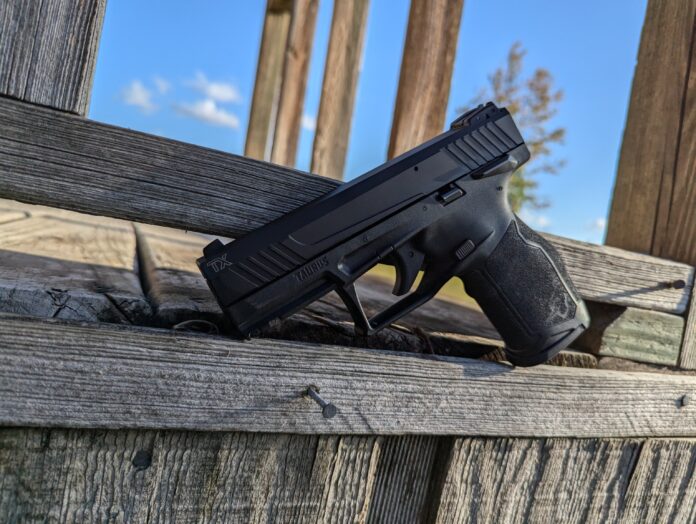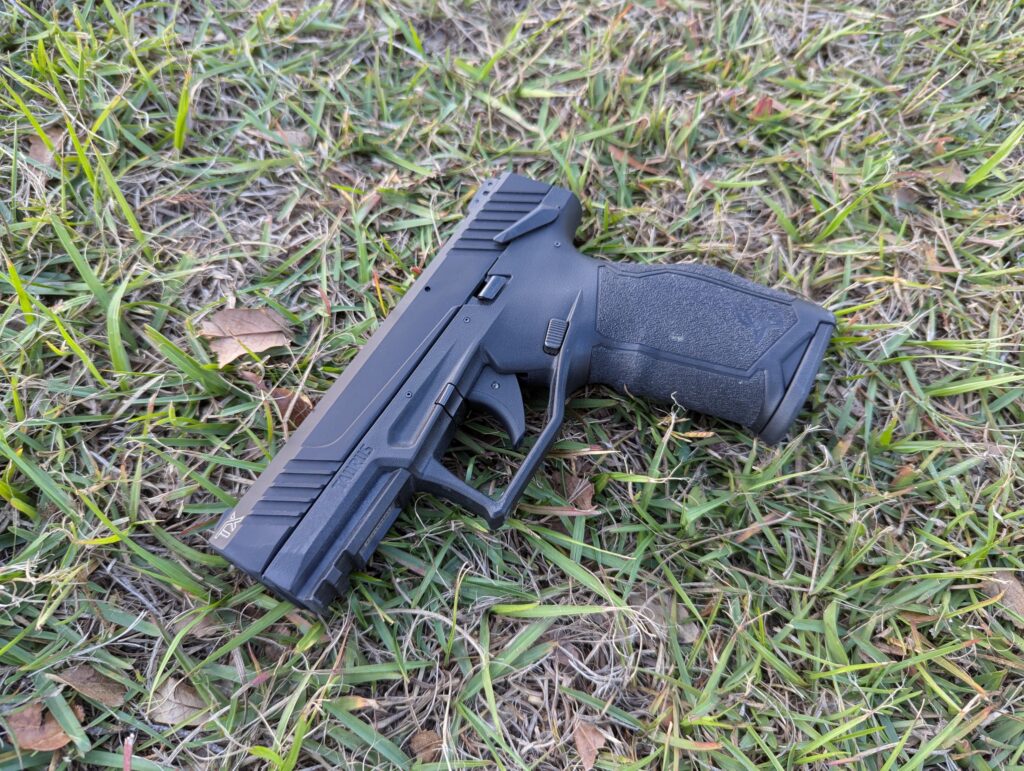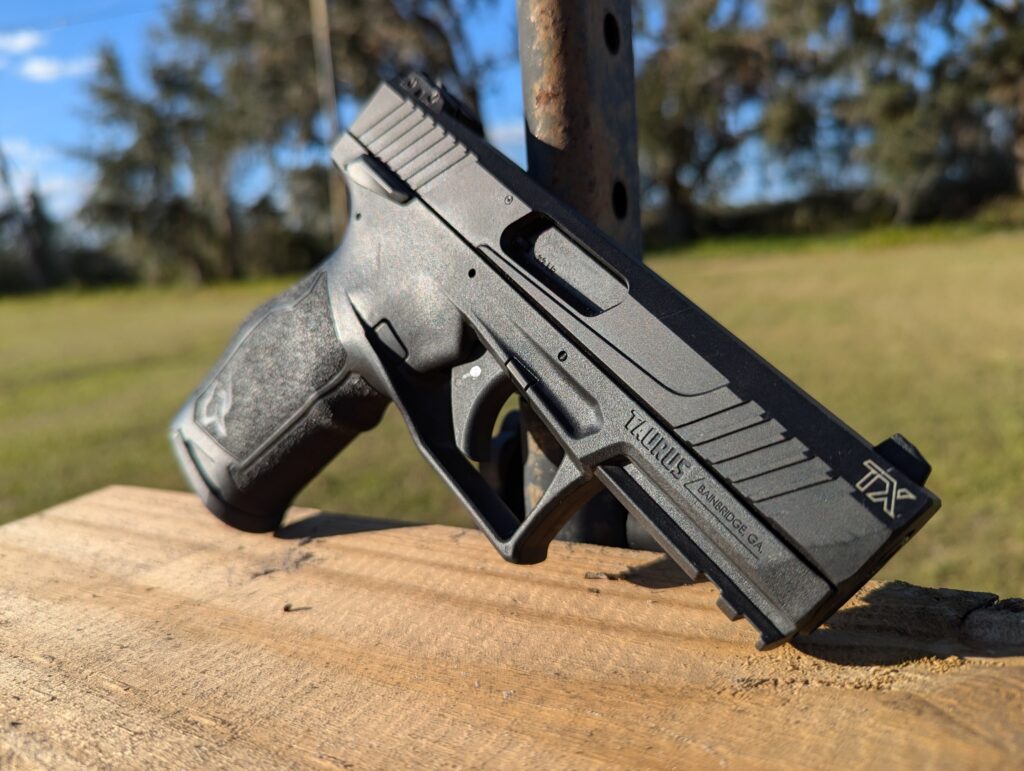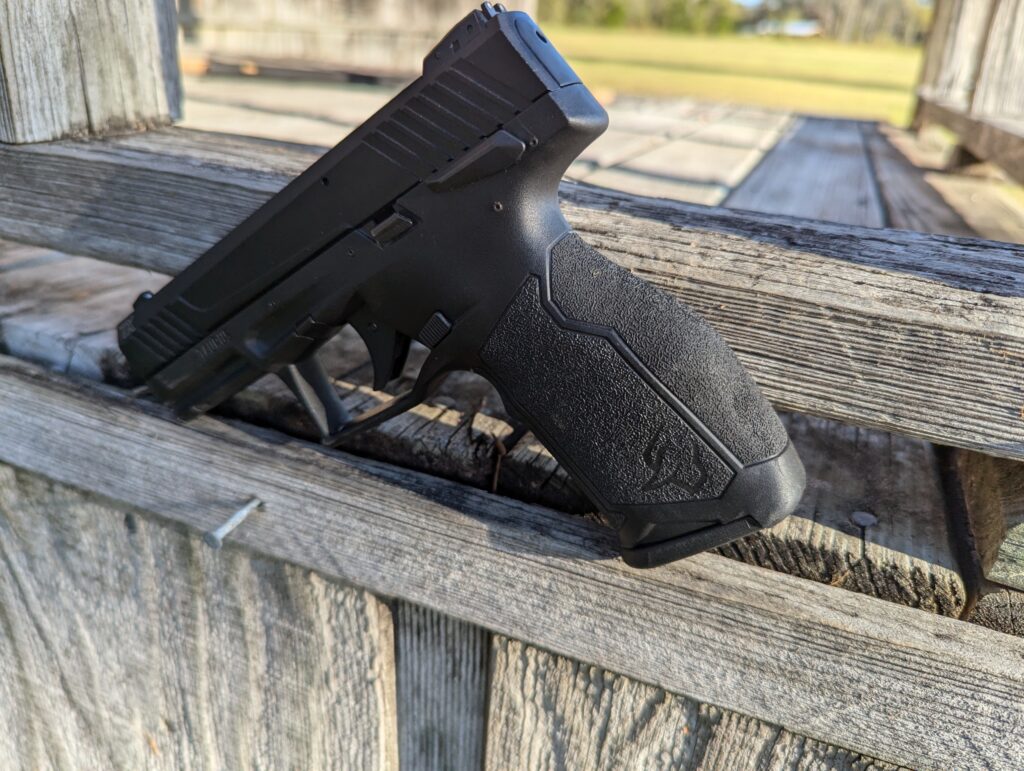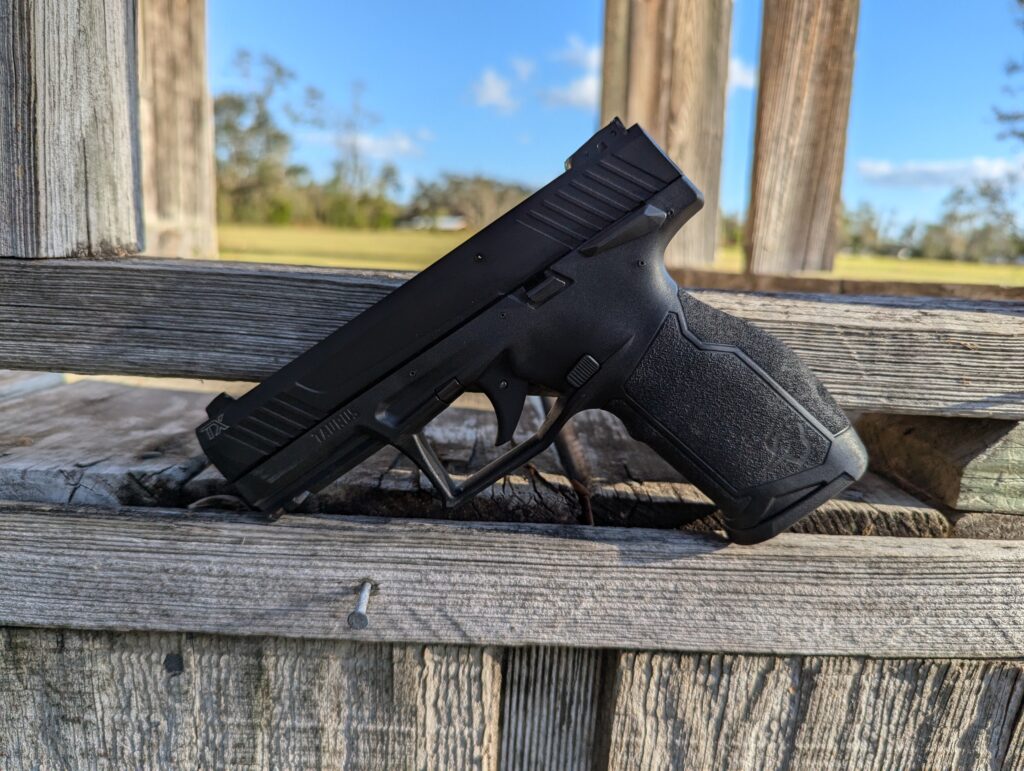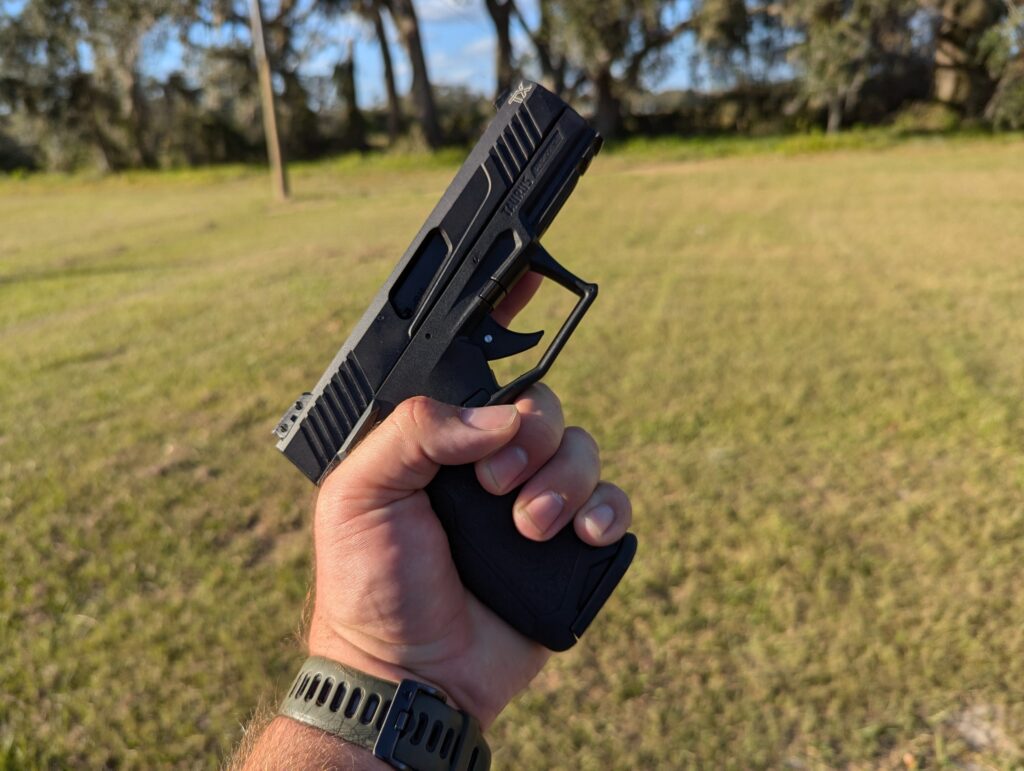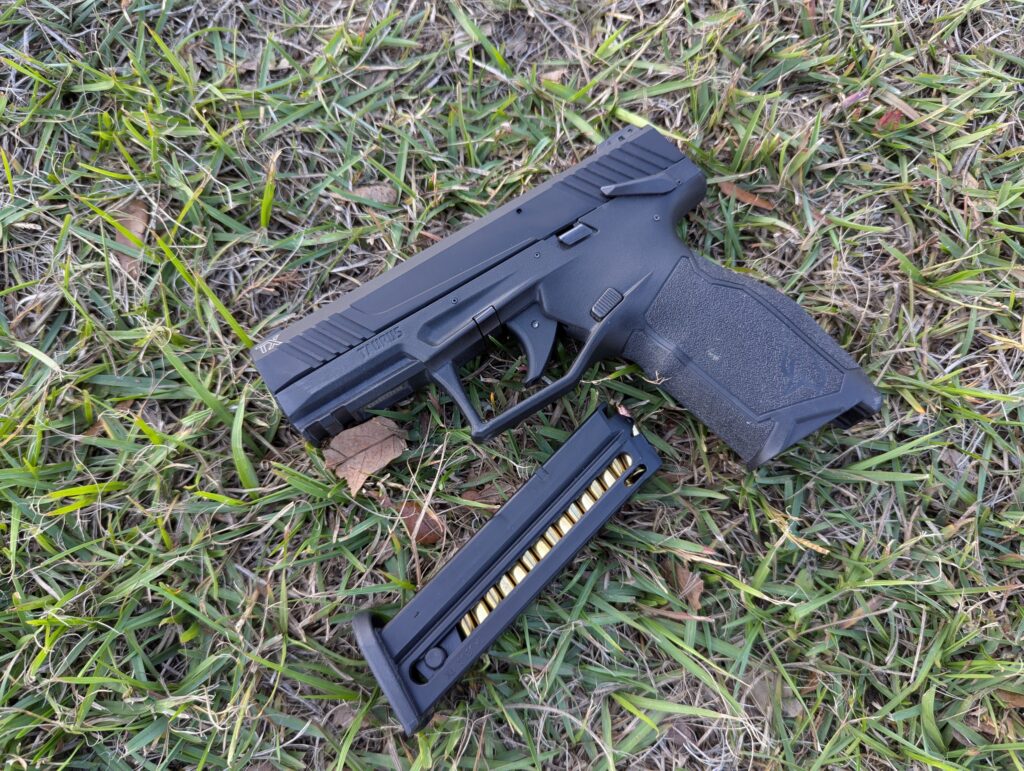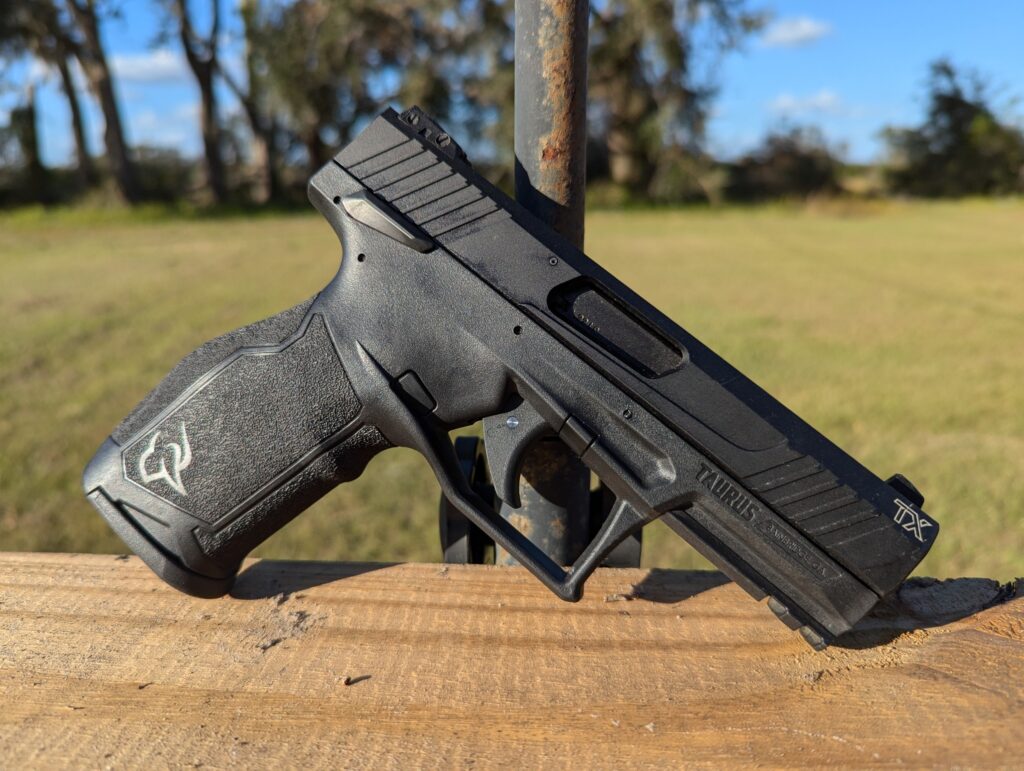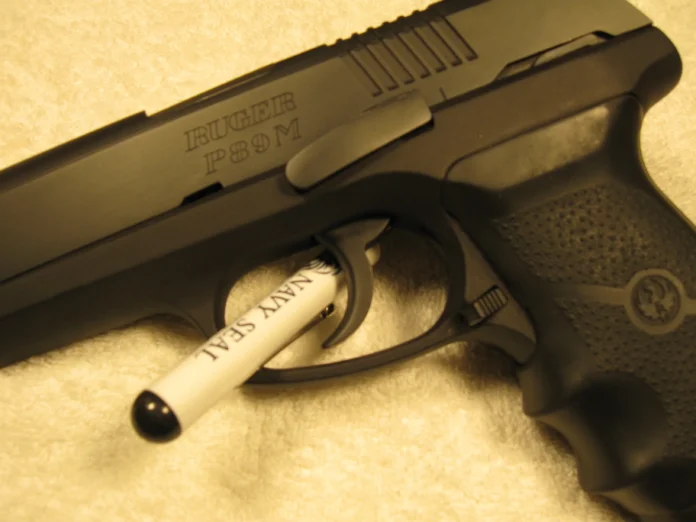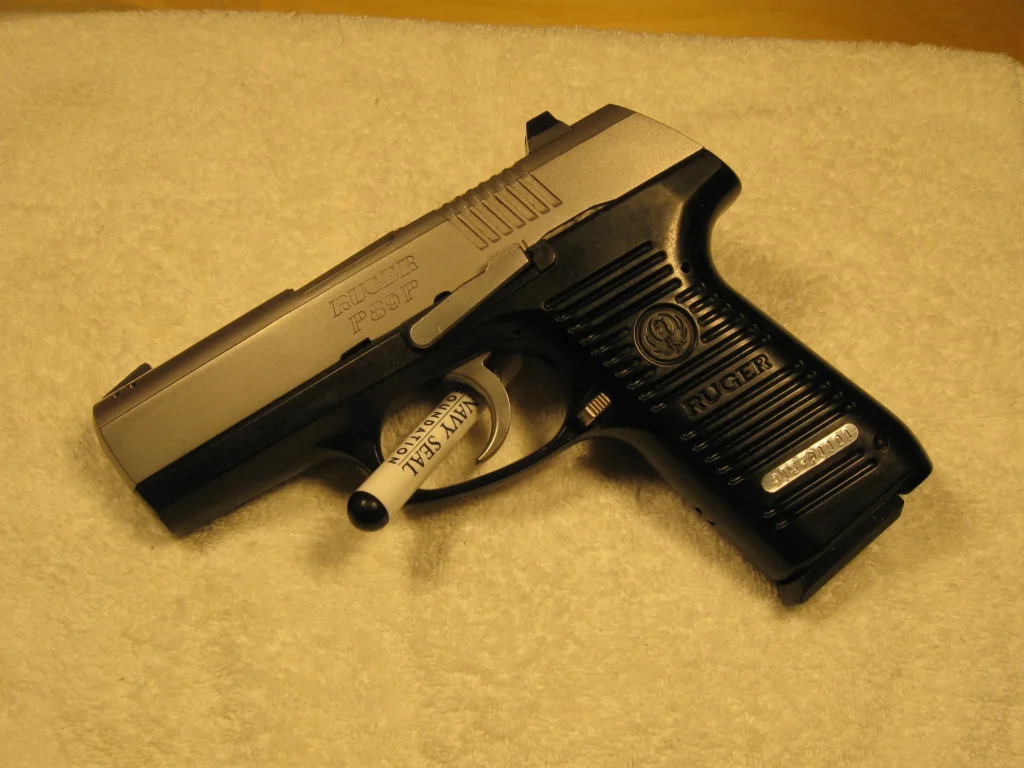It’s fall, y’all. With Thanksgiving so close behind us, I thought it would be a great time to visit the blunderbuss. If you were to go into a search engine, type in pilgrim gun, and go to images, you’d see a catalog of cartoon pilgrims with exaggerated blunderbuss shotguns.

Somehow, the blunderbuss became the defacto pilgrim gun. The exaggerated bell-shaped muzzle and wood stock give the stereotypical cartoon pilgrim a recognizable gun. It’s the gun of Thanksgiving, if you will. Pilgrims and blunderbusses are so intertwined that the Pilgrims must have carried them and must have used them extensively…Right?
The Big Blunderbuss
The Blunderbuss is an early ancestor to the shotgun. They are a type of Dutch design that originated in the mid-17th century. The name blunder is derived from the Dutch word donderbus. Donderbus means thunder box. That’s an awesome name for a shotgun.
The Blunderbuss typically has a wide bell bore. This allows users to shove loads of shot down the barrel, including larger shot, known as buckshot. The blunderbuss is often much shorter than a musket and designed for close-range use. Barrels were as short as 11 inches, but they tended to be closer to 16 to 24 inches. In this era, muskets had barrels that were in excess of three feet.

These guns were typically used for military purposes. They were popular with ship boarding parties due to their short length and how, much like a shotgun, they were devastating close-range weapons. Mounted troops also used them. I’d imagine a spread of shot made it easier to hit an enemy while riding a horse.
They weren’t all that common with hunters. They tended to arm people who intended to fight with them. So, why did they get attached to the very pious Pilgrims?
The Blunderbuss and Pilgrims
Did the Pilgrims use a blunderbuss? Let’s make this short and sweet. The Pilgrims landed at Plymouth Rock in 1620, and the blunderbuss seemed to make its first concrete appearance in the mid-1600s. The gun originated in Germany or the Netherlands. The Pilgrims came from England. It seems highly unlikely the blunderbuss would have made its way to England and into the Pilgrim’s hands.
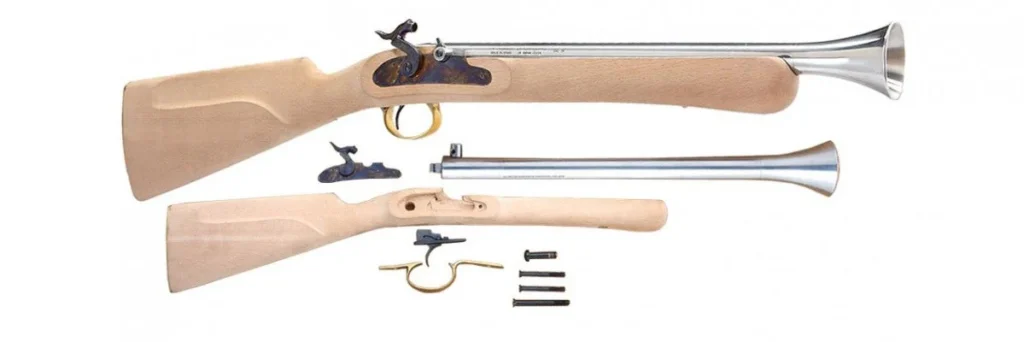
Possible? Sure, but unlikely. In fact, historian Harold L. Peterson, who wrote Arms and Armor of the Pilgrims from 1620 to 1692, specifically states that the Pilgrims had no Blunderbuss weapons with them. If they had blunderbuss guns, they likely would not have needed them.
The land the Pilgrims landed in was wide open. It wasn’t the swampy south full of thickets and brush. Instead, it was an area better suited to the world of muskets and big projectiles. The blunderbuss was a tool for shooting larger projectiles, like buckshot, and was better used for defensive applications than hunting.
Why The Myth?
The closest thing I can figure out is that the Pilgrims brought various fowling pieces with them. Fowling pieces were also early shotguns that used much smaller shot to kill birds. Fowling pieces had extremely long barrels and were not fighting weapons by any metric.
The Old Colony Historical Society Museum in Massachusetts houses a fowling piece with a 73.5-inch barrel! The idea was that a longer barrel offered more range and a tighter spread. The Pilgrims fired these guns from standards and birds, which were important meat for the new settlers.
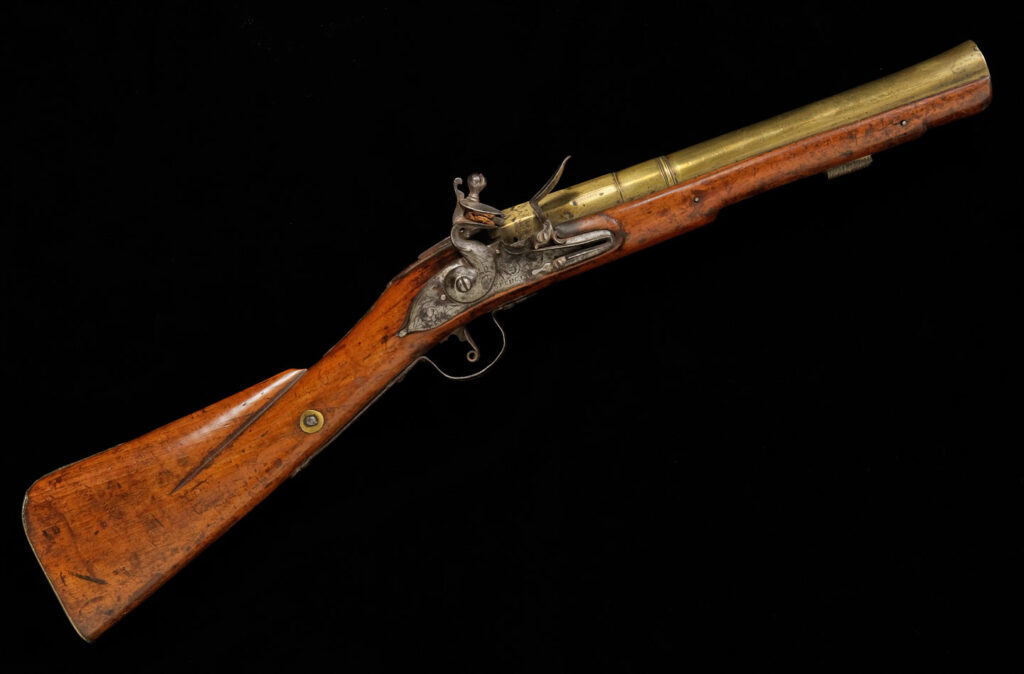
The Pilgrim’s relation to the blunderbuss is likely due to the larger bore fowling pieces. Somewhere, the two got confused, and someone associated a fowling piece with a blunderbuss, and it stuck.

